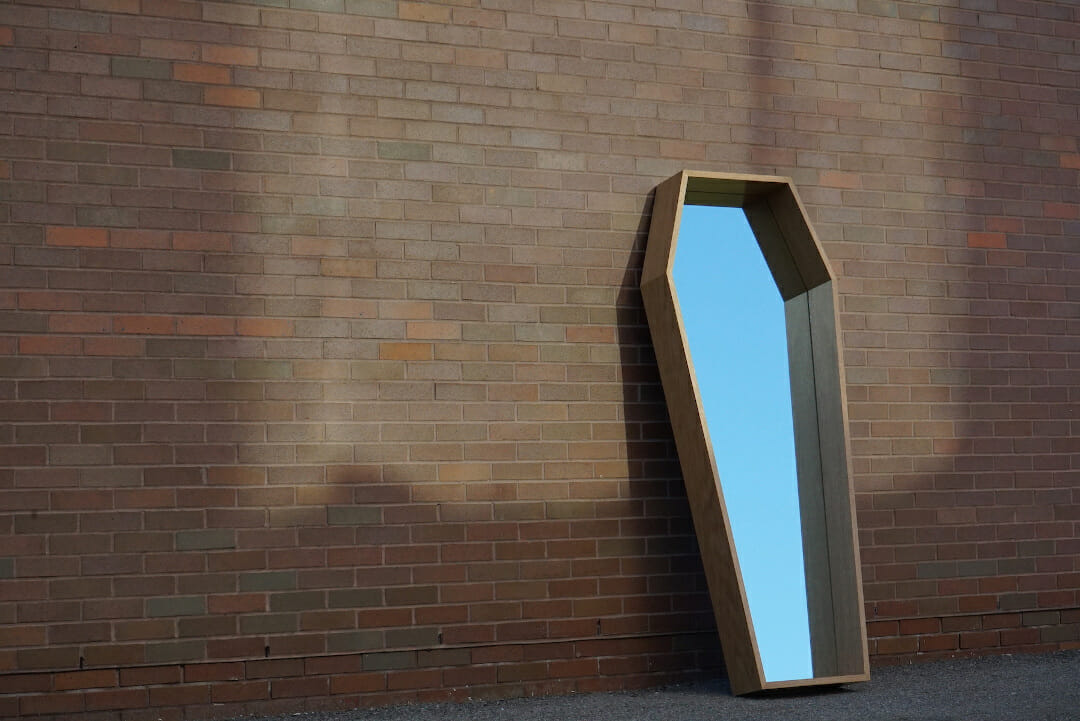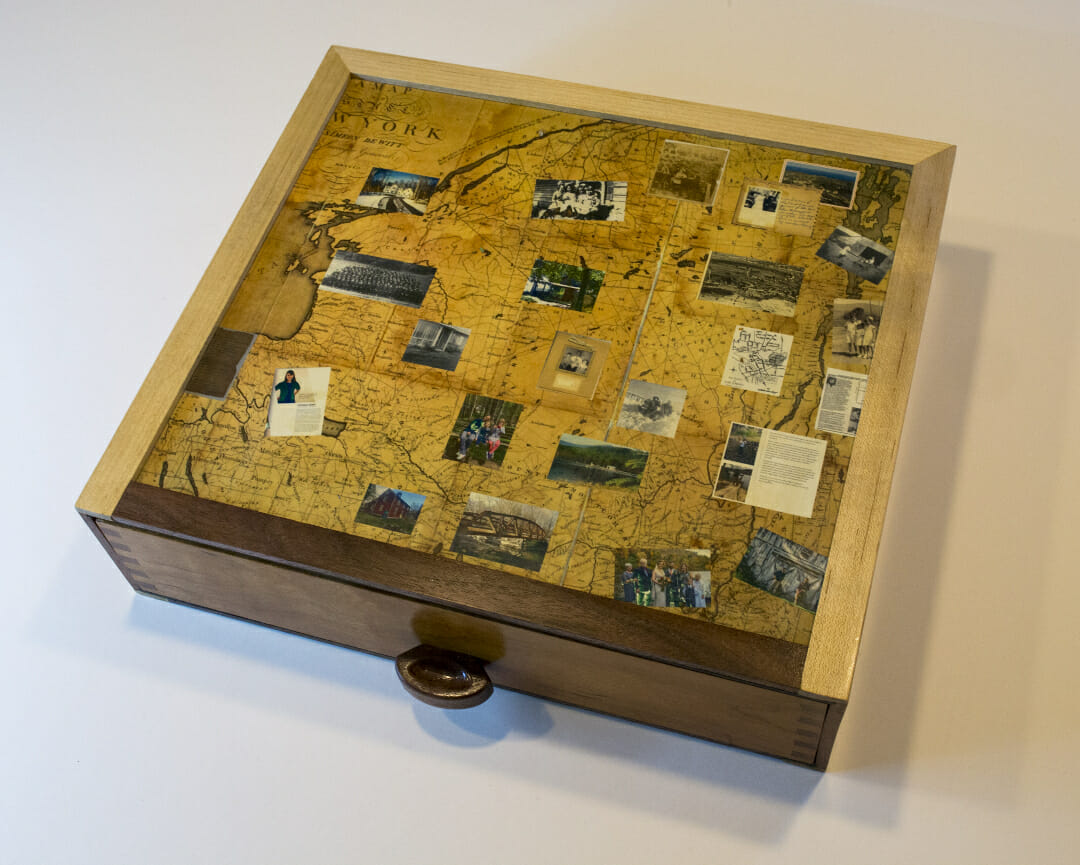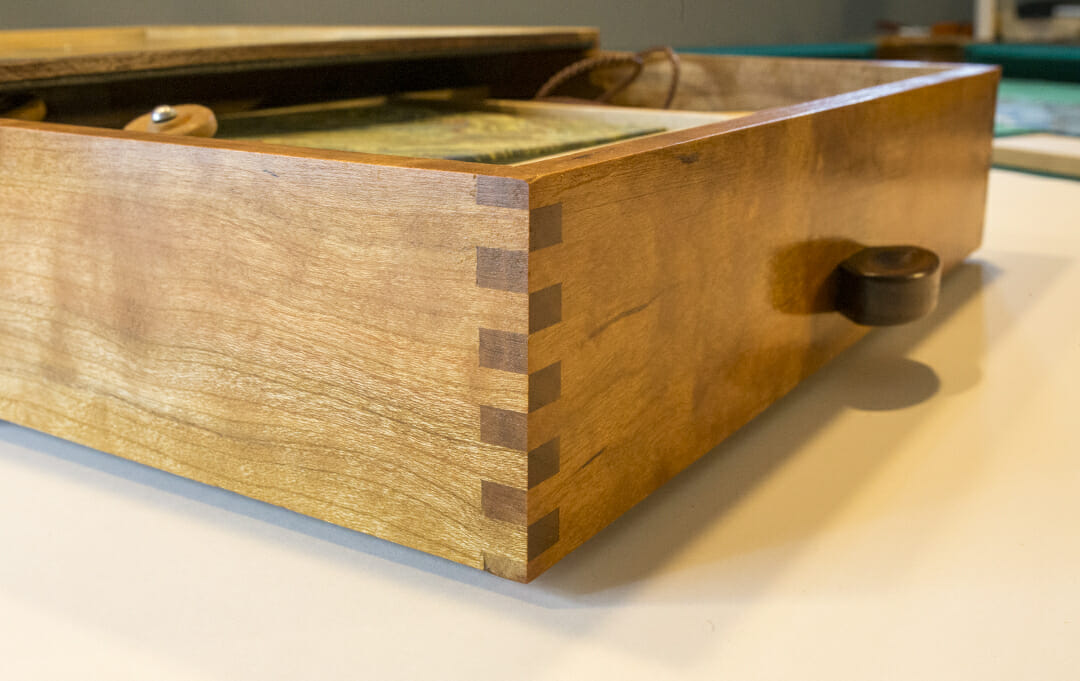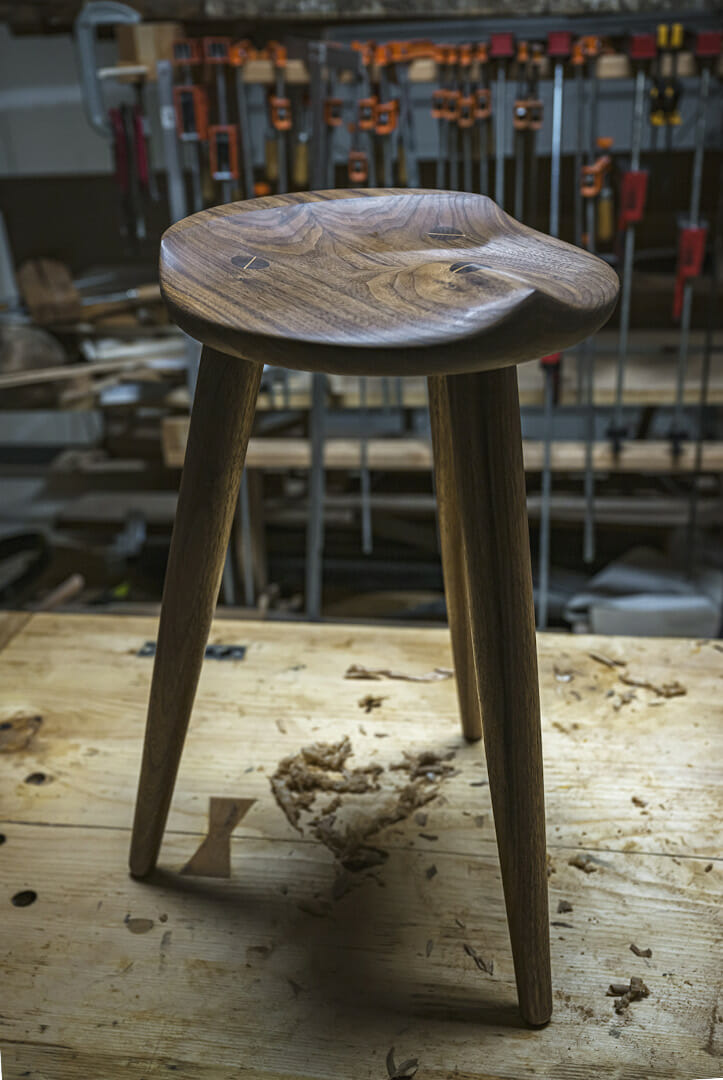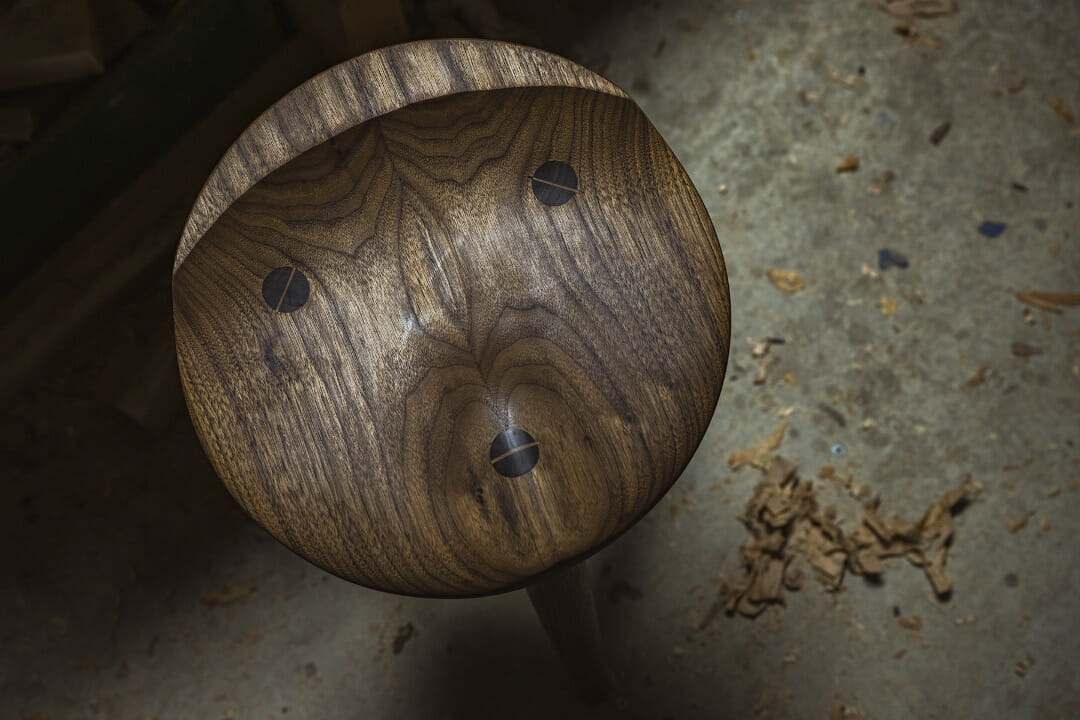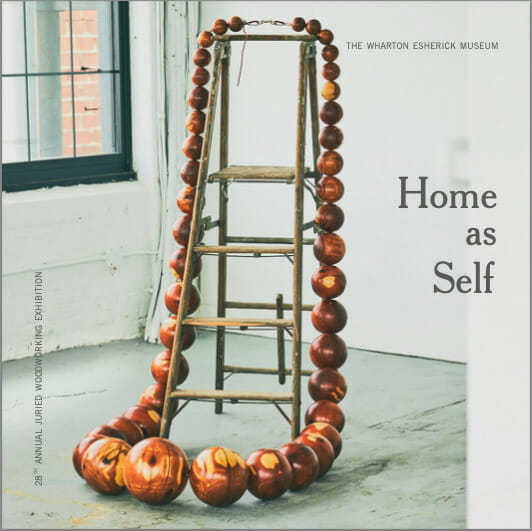Home as Self
28th Annual Juried Woodworking Exhibition
June 2, 2022 – August 28, 2022
In 1994, the Annual Juried Woodworking Exhibition at the Wharton Esherick Museum began as an opportunity to encourage new, creative, and imaginative works in wood. Encouraged to think like Esherick, over the years professional woodworkers, artists, designers, hobbyists, and craftspeople have submitted hundreds of pieces reflecting each year’s theme. For the 28th year of the exhibition, WEM invited applicants to share innovative works of art, craft, and design to represent a self-portrait. Each submission had to include wood in some way, but could take a different approach to what it means to make a self-portrait, just as Esherick’s “self-portraits” took on many diverse forms. The selected works are featured below alongside information about each artist; they are also available for purchase in our exhibition shop, along with a publication that can be downloaded for free or purchased in a print edition.
The finalists for Home as Self were selected by jurors Fabio J. Fernández and Keunho Peter Park, along with Emily Zilber, WEM’s Director of Curatorial Affairs and Strategic Partnerships. Fabio J. Fernández is an artist, arts advocate, educator, and arts administrator, and the Director of Greenwich House Pottery in New York City. He is the former Executive Director of the Society of Arts + Crafts in Boston and served as the Exhibitions Director at the Society and as Associate Curator at Cranbrook Art Museum in Bloomfield Hills, Michigan. Fernández has planned and executed national exhibitions that presented fresh explorations into the conceptual, technical, and material approaches of contemporary makers. Keunho Peter Park’s artistic work centers around functional objects, furniture, musical instruments, and sculpture. Park holds a BFA in painting from Kookmin University in his home country of South Korea, and an MFA in Woodworking and Furniture Design from the Rochester Institute of Technology. Park won the Wharton Esherick Museum Excellence in Wood Award at the Philadelphia Museum of Art Craft Show in 2015 and served as a Windgate resident artist at Indiana University of Pennsylvania. He currently teaches woodworking and furniture making at the University of the Arts and has taught workshops
First Place: Virginia Blanchard
Virginia Blanchard, Like The Virgin, 2022. Mahogany and Rye Straw, 67 1/2 x 26 1/2 x 1 1/2 inches
“I lost my father rather unexpectedly in November of 2021. Amidst the grief and regret and the memories, I also experienced a shattering loss of self-confidence that came as a real surprise to me. It turns out that when the person walking around on this earth with the most absurdly over-inflated opinion of you goes, some of that positive energy goes with them. At the time he died I was in the early stages of prototyping some electrified, straw marquetry vanity mirrors. I saw the “self-portrait” prompt from the Esherick museum as aspirational rather than literal. I thought I might be able to give myself a bit of a boost in fortitude if looking in a mirror essentially turned me into an iconic image of history’s most venerated woman. It sort of works, and it’s probably not too far off from how Dad saw me.”
Virginia Blanchard is a designer/maker of custom commissioned furniture and smaller batch goods. Her influences are primarily from late 19th through early 20th century European decorative arts, as well as abstracted natural forms. She primarily works with wood, straw, and reed, with a focus on marquetry and inlay. Virginia grew up in Pelham, New York. After earning her B.A. in Russian from New York University, she went to study woodworking at the Center for Furniture Craftsmanship in Rockport, Maine. She now lives in Mid-Coast Maine, designing and building furniture out of her 1848 ship captain’s home which she will be lovingly restoring for the rest of her natural life. Virginia shares her home with two excellent shelter mutts who are no help at all.
Second Place: Katie Hudnall
Katie Hudnall, CHAIRchair, 2019. Wood, hardware, and string, 31 x 26 x 30 inches.
“CHAIRchair is a piece about self-reflection, I made it at a moment when I was reexamining who I am and who I want to be. On its surface the movement of the tiny chair coming out of the drawer in the full-scale one is silly, and sweet, but I was thinking about what it meant to spend time with myself alone.
My artistic practice is motivated by a curiosity of overlooked objects, places, and materials and a desire to share that curiosity with others. I find a deep sense of connection and intimacy in my interactions with the objects around me, and in their capacity to connect me to a past or future version of myself and other people. Lifetimes of use are evidenced in the scratched, burnished surfaces of bits of wood or metal, a pencil sharpened to nothing serves as a reminder of each line it has ever drawn, and the hand(s) that have drawn them. I feel called as an artist to help others find this connection. Playfulness and wonder are inherent and essential parts of my work. The woodworking techniques I employ are just as likely borrowed from barn construction as fine furniture, and I blend these with illustrations to construct cabinets, boxes and drawers which draw inspiration from the displays of natural history museums, Rube Goldberg machines, and cabinets of curiosities.
Lighthearted in their approach, these pieces beg for interaction with the audience, and are, like many craft objects, as much about the relationship between the user and the object as they are about the relationship between the object and its maker. The works act as a bridge between us – the audience, the object, and me. Richly painted surfaces adorn my cabinet forms, which rise up like creatures balancing on precarious legs. Doors and drawers open to expose intimate spaces, unlock kinetic movements elsewhere on the piece, or present moments of quiet reflection. Though often mimicking the visual language of display cases, the pieces sometimes remain empty, instead opening to reveal carved eyes looking outward, reversing the relationship between viewer and cabinet. Some contain everyday objects, pocket-sized and suddenly venerated, celebrated – hundreds of acorns, pencils sharpened to the eraser, a single, antique, toggle bolt. Occasionally the pieces act as intermediaries – wooden creatures inviting their users to engage with strangers. The works are intimate, vulnerable and often fragile. Their initial playful or lighthearted components quietly make space for viewers to reexamine what Craft is, and to reevaluate the world around them, allowing wonder to give way to introspection. I ask my pieces to engage and delight viewers on an intuitive, visceral level, while simultaneously questioning our assumptions about how and where we assign value, about the role of Craft in our lives. These are ambassadors, offering friendly, creaky handshakes and space for reflection.”
Katie Hudnall received her BFA in Sculpture from the Corcoran College of Art & Design and her MFA from Virginia Commonwealth University in Furniture Design/Woodworking. Her work has been included in many publications and exhibitions including Crafting A Continuum: Rethinking Contemporary Craft and Making A Seat at the Table: Women Transform Woodworking. Hudnall lives in Madison, Wisconsin, where she runs the Woodworking and Furniture Program at the University of Madison, Wisconsin. When she’s not teaching she spends her time making tools for problems both real and imagined.
Third Place & Viewer’s Choice Winner: Amy Forsyth
Amy Forsyth, Eye See You, 2021, Recycled mahogany, plywood, basswood, paint, ink, 24 x 15 x 6 inches.
“I’d been doing a lot of blind contour drawings, in which you do not look at the paper, but only at the subject you are drawing. I’d been trying to get more and more detail in the observation, and the drawings were getting crazier and crazier. And in recent years, I’ve had to start wearing glasses, after many years of perfect vision. It occurred to me that a blind contour drawing of myself, looking for my glasses, (as you do) would be the perfect image for the front of an eyeglasses cabinet. The handle is a three-dimensional, carved, self portrait of my ear, and once you open the cabinet, there are 24 cubbies to store eyeglasses, each with a different drawing of a pair of eyes. The cabinet is made of reused mahogany, plywood, and basswood, drawn and painted with acrylic paint, milk paint, and ink.“
Amy Forsyth is a furniture designer and maker who has studied studio furniture with many luminaries in the field. Her work has been exhibited throughout the United States, and in both 2016 and 2019 she was awarded a prestigious Windgate International Turning Exchange Residency at the Center for Art in Wood in Philadelphia. In addition to designing and building furniture, she has published numerous articles in journals including American Craft, Woodwork, and The Craft Factor, among others.
Forsyth trained as an architect at Penn State and Princeton University. She currently teaches at Lehigh University and has also taught at Penn State and the University of North Carolina at Charlotte. She has attended workshops on furniture design and construction and joined The Furniture Society’s board of trustees. She has edited their newsletter, “Furniture Matters,” for several years and served on their editorial advisory board, where she worked on several publications including the monograph Furniture Studio: The Heart of the Functional Arts and Tradition in Contemporary Furniture.
Juried Selections
Learn More & Purchase Available Works
Click on the tabs below to learn more about each artist and purchase available works from the 28th Annual Juried Woodworking Exhibition.
Home as Self Catalog
This 70 page, full-color catalog is a comprehensive look at Home as Self, WEM’s 28th Annual Juried Woodworking Exhibition. This publication captures the innovative works of art, craft, and design that represent a self-portrait represented in this year’s show through imagery for each of the 25 artworks alongside artist statements and biographical information. The catalog also includes a welcome from WEM Executive Director Julie Siglin and an introduction from Emily Zilber, WEM Director of Curatorial Affairs and Strategic Partnerships. You can purchase an 8″ x 8″ perfect bound catalog or download a free digital copy!

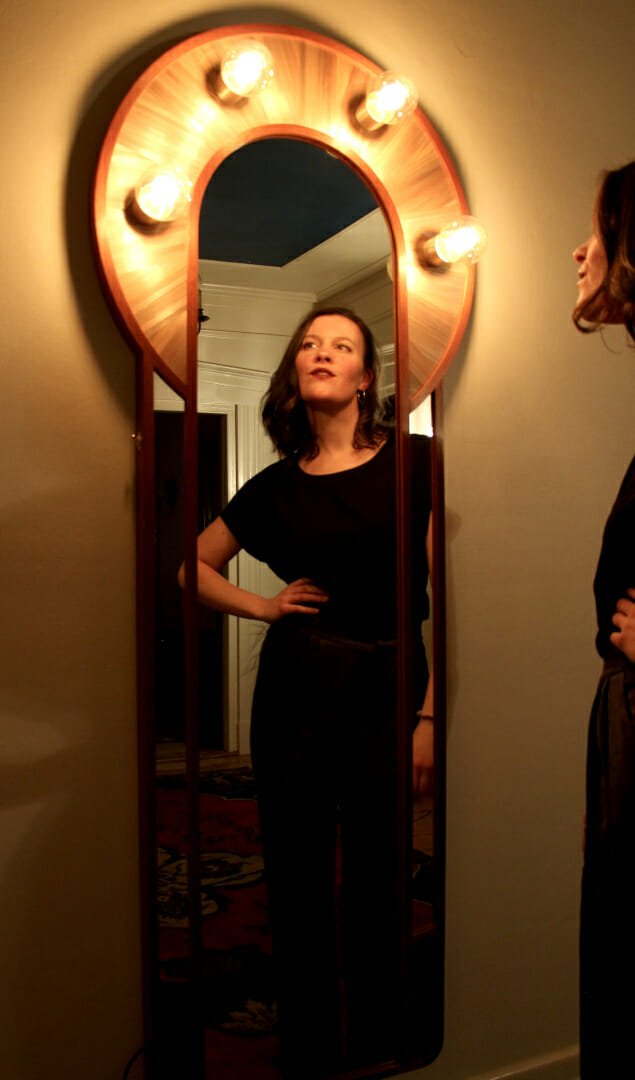
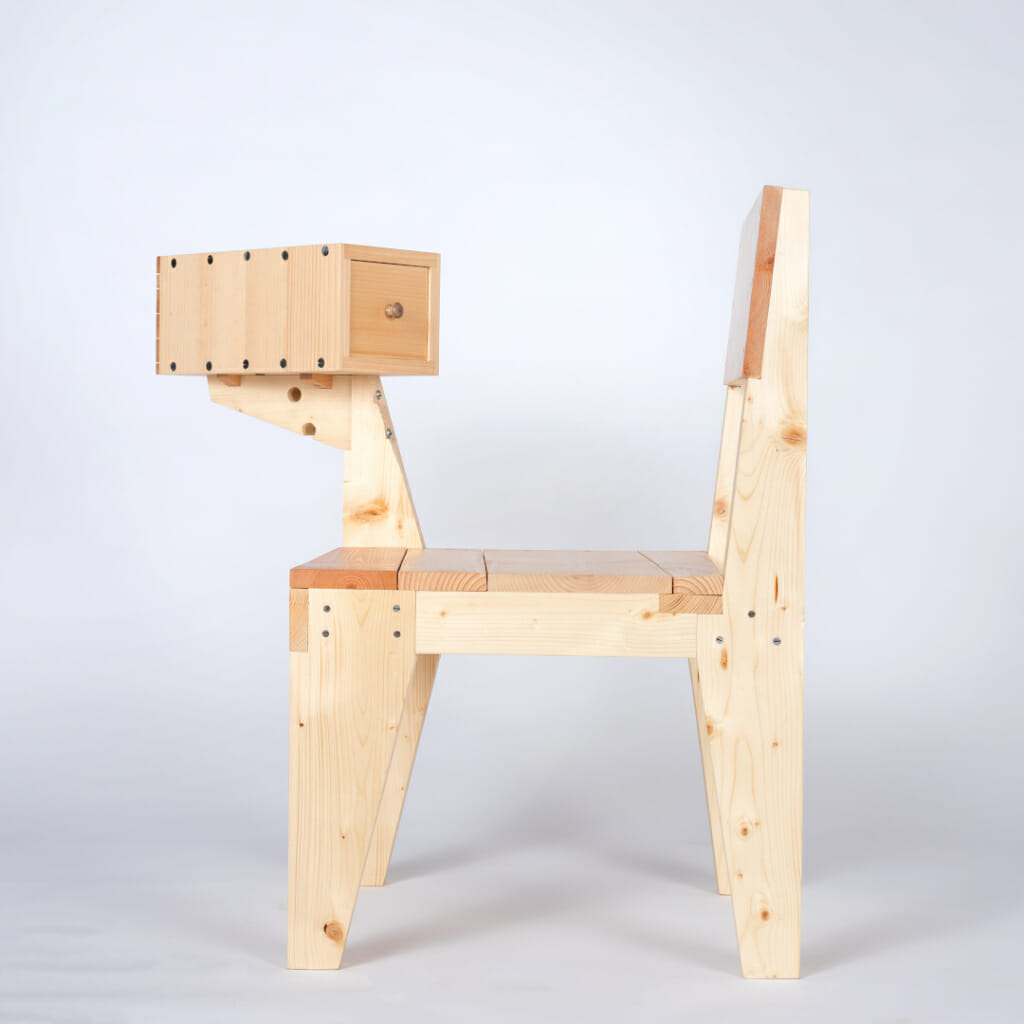
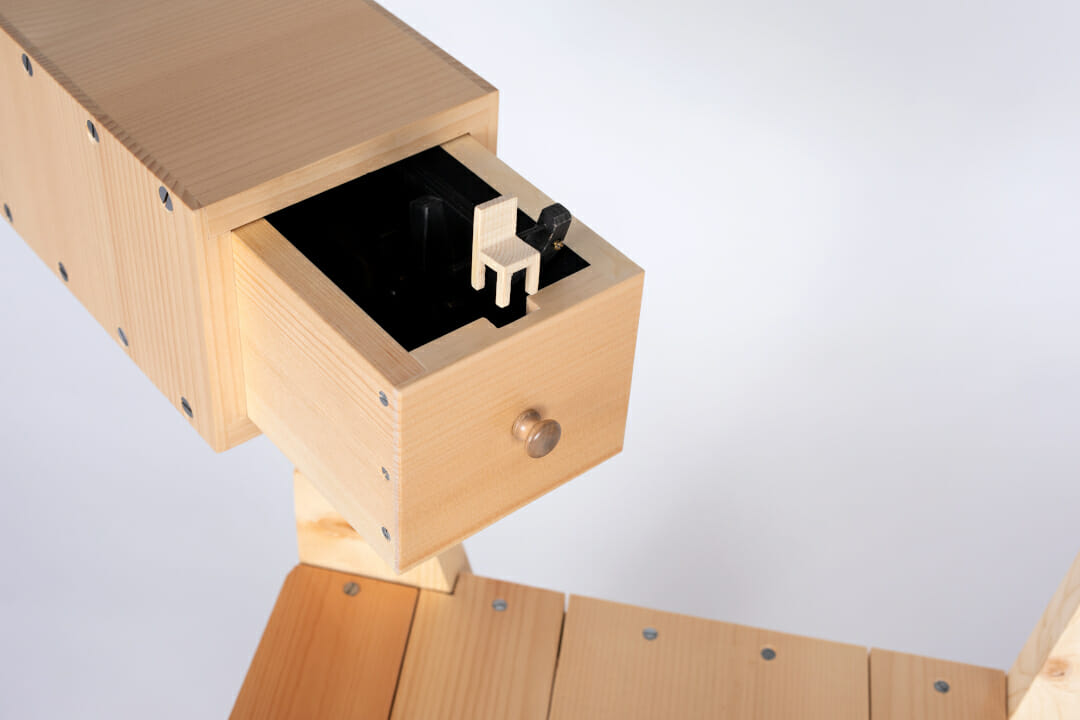
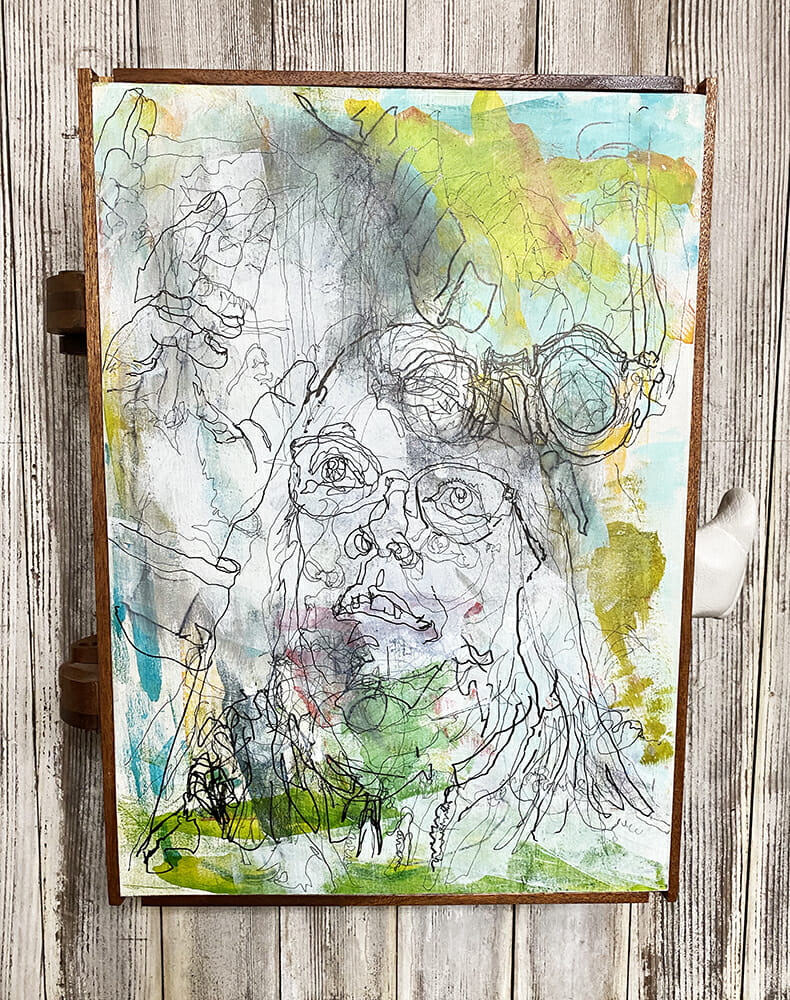
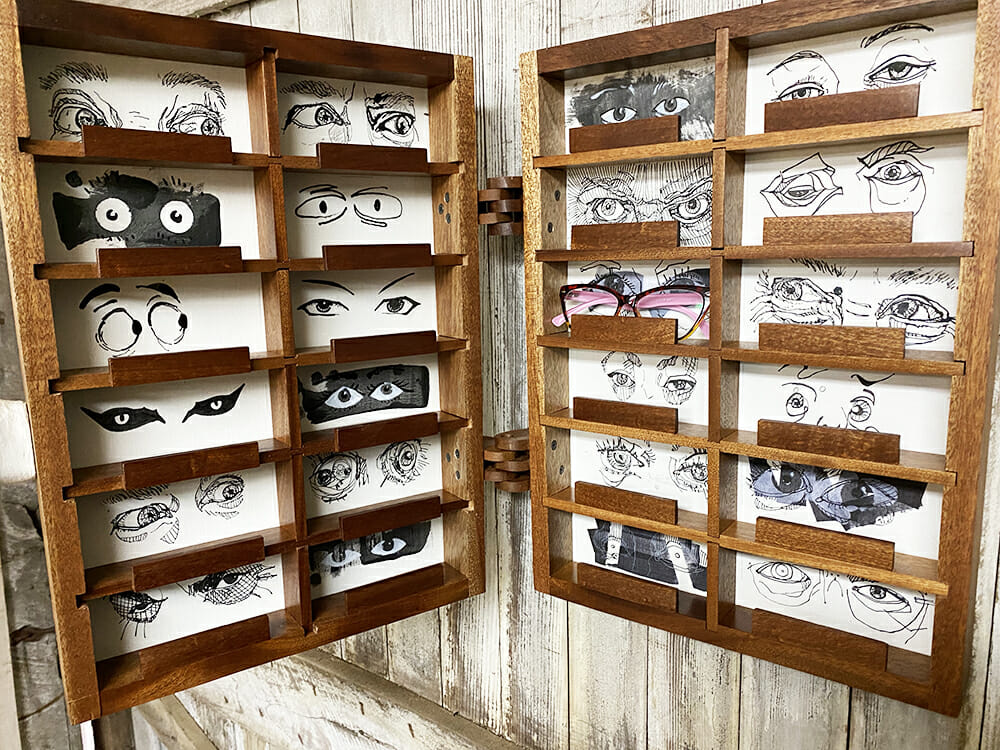
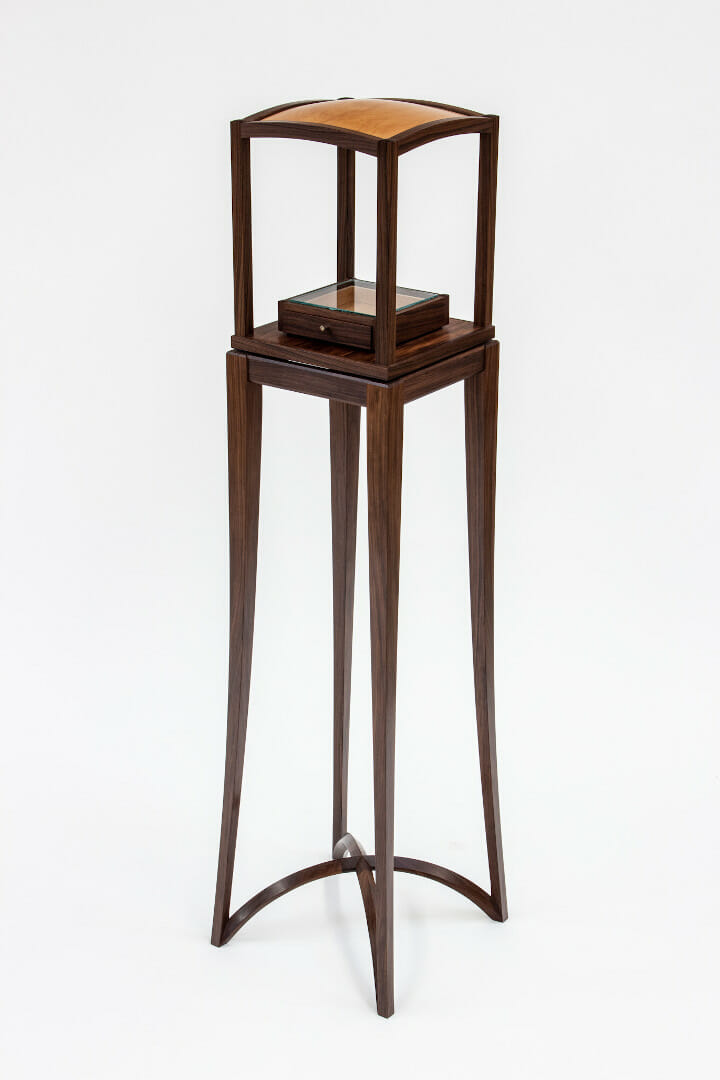
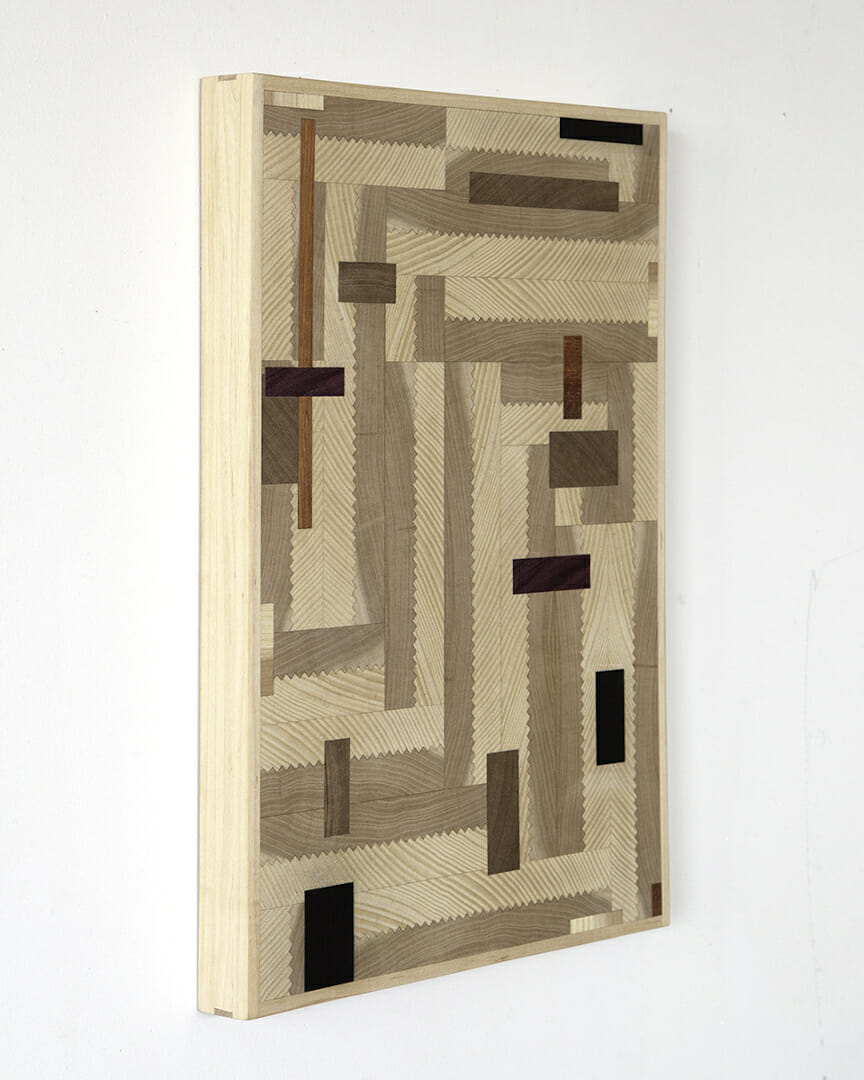
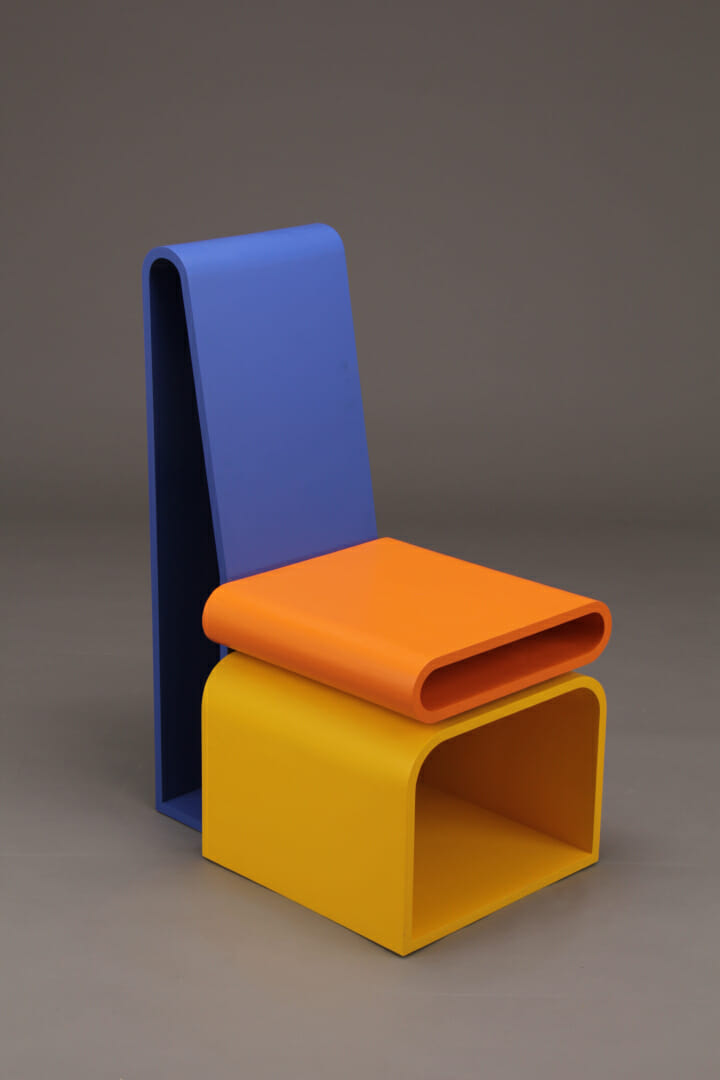
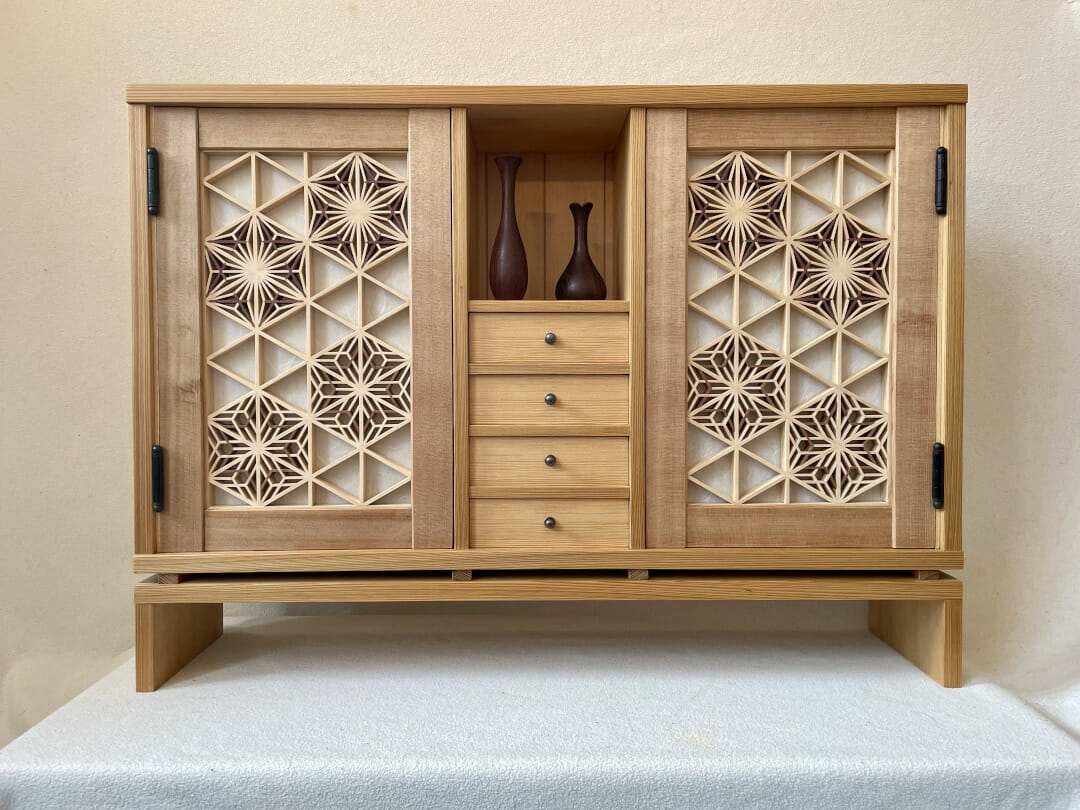
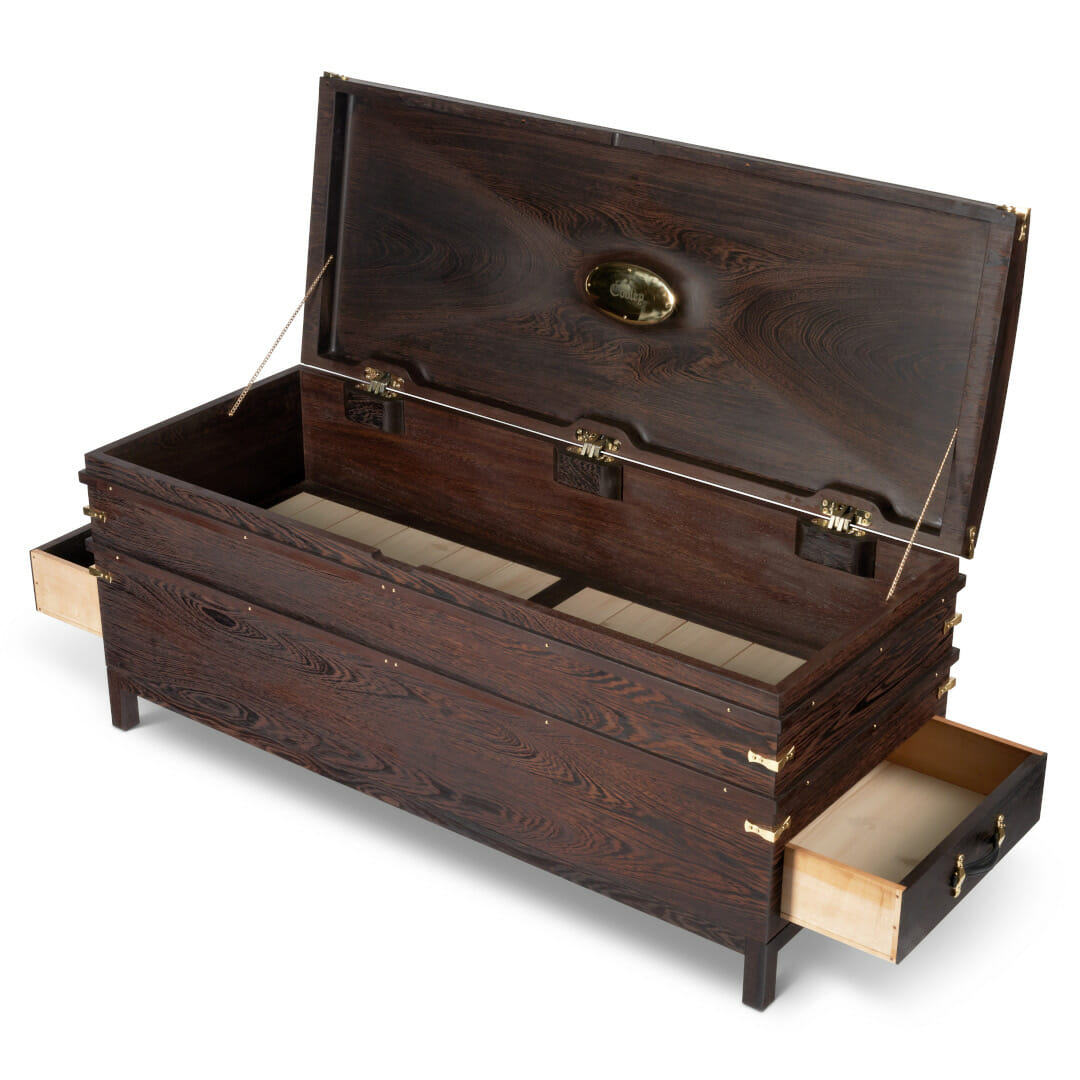
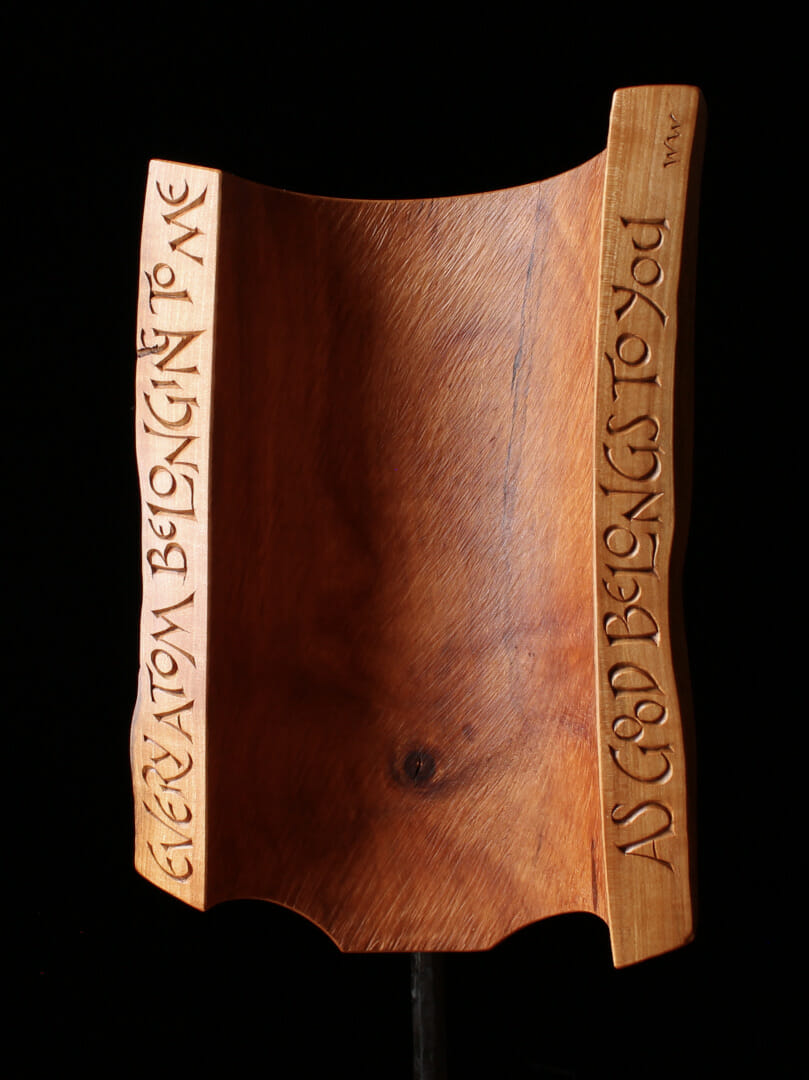
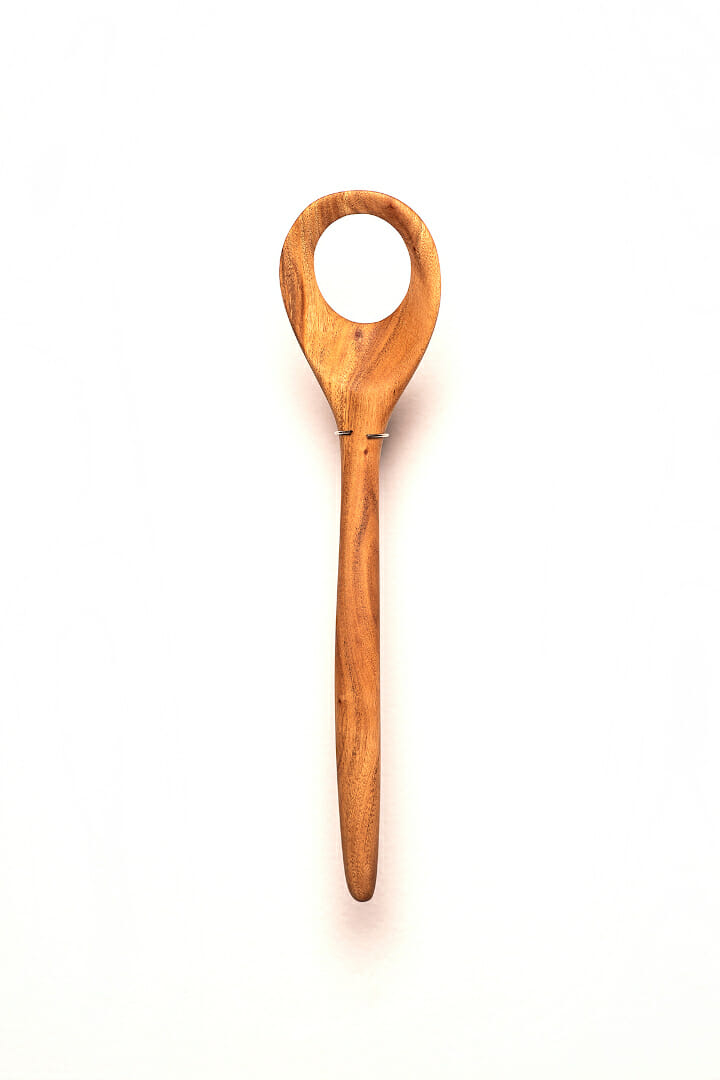
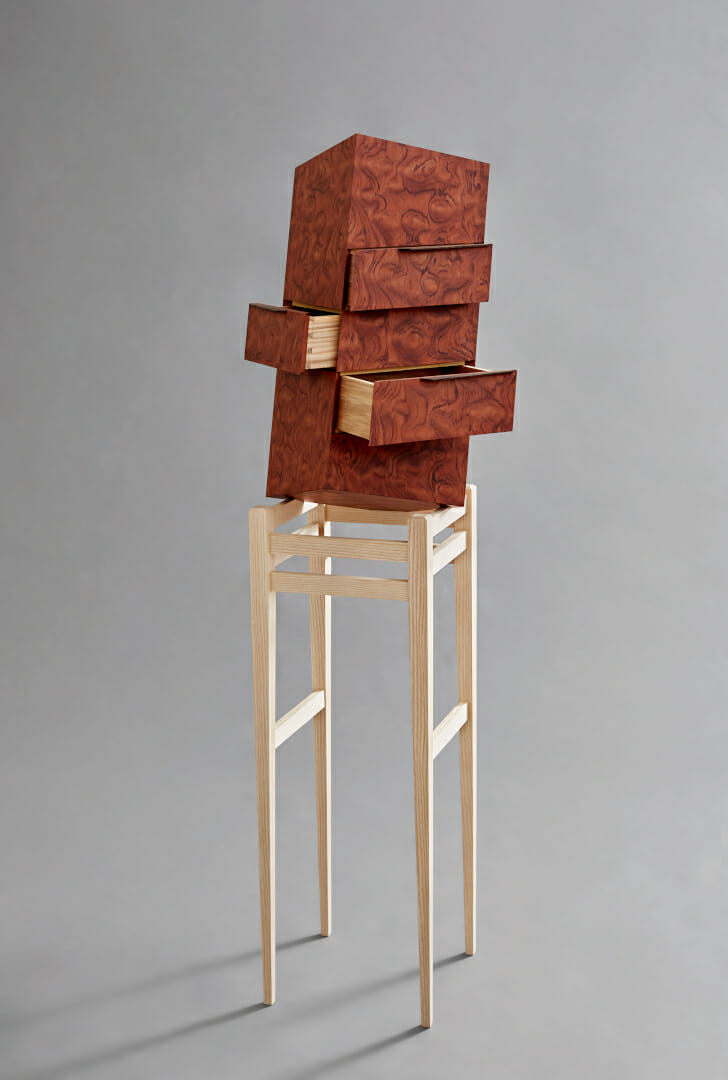
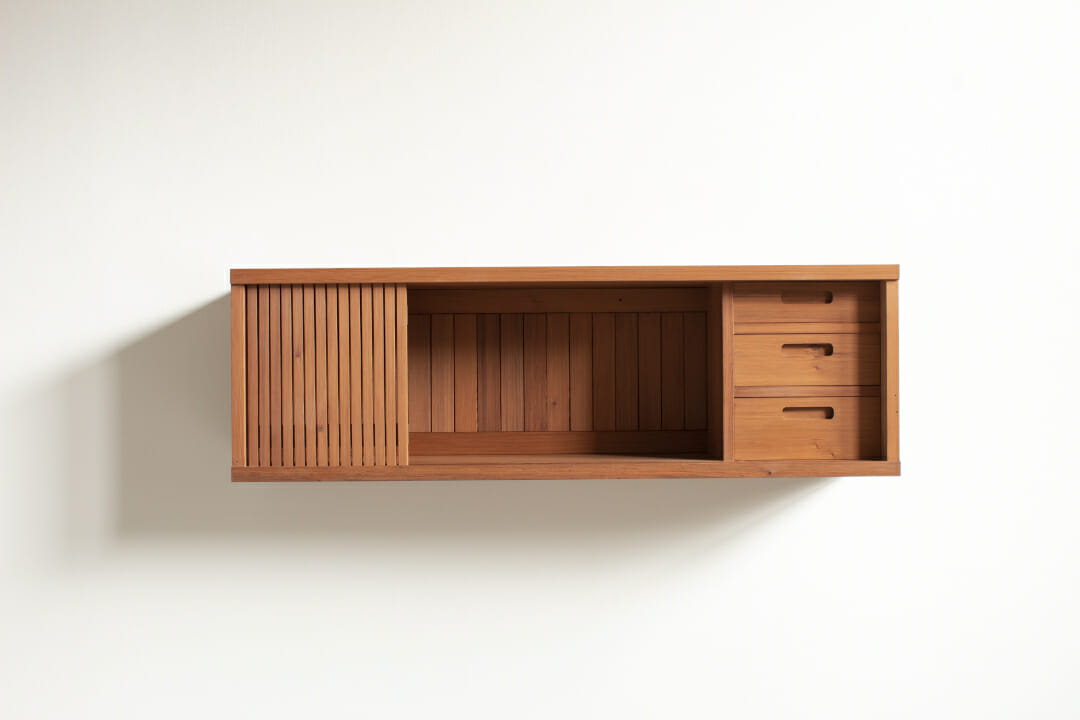
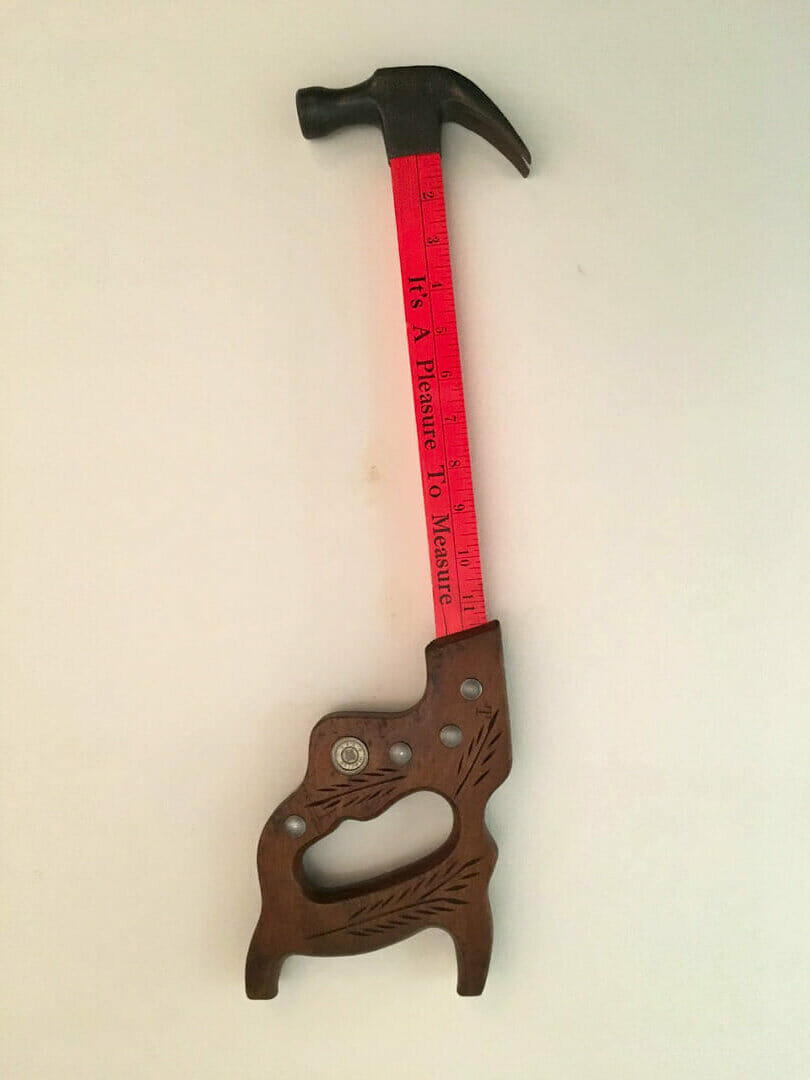
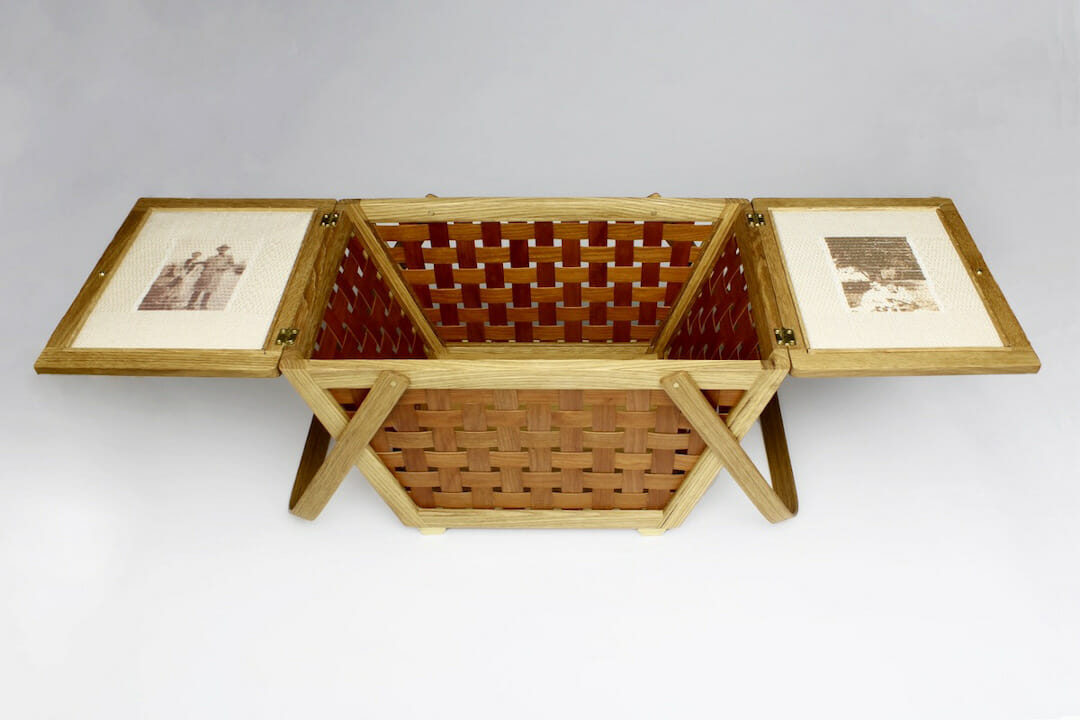
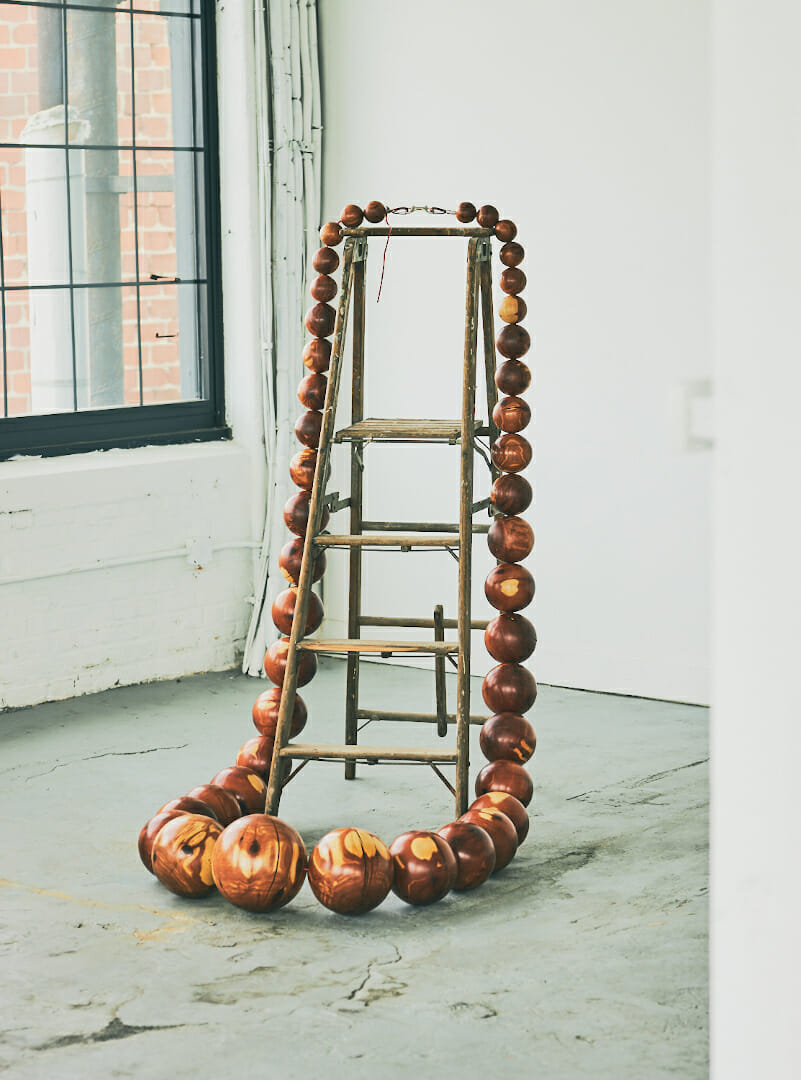
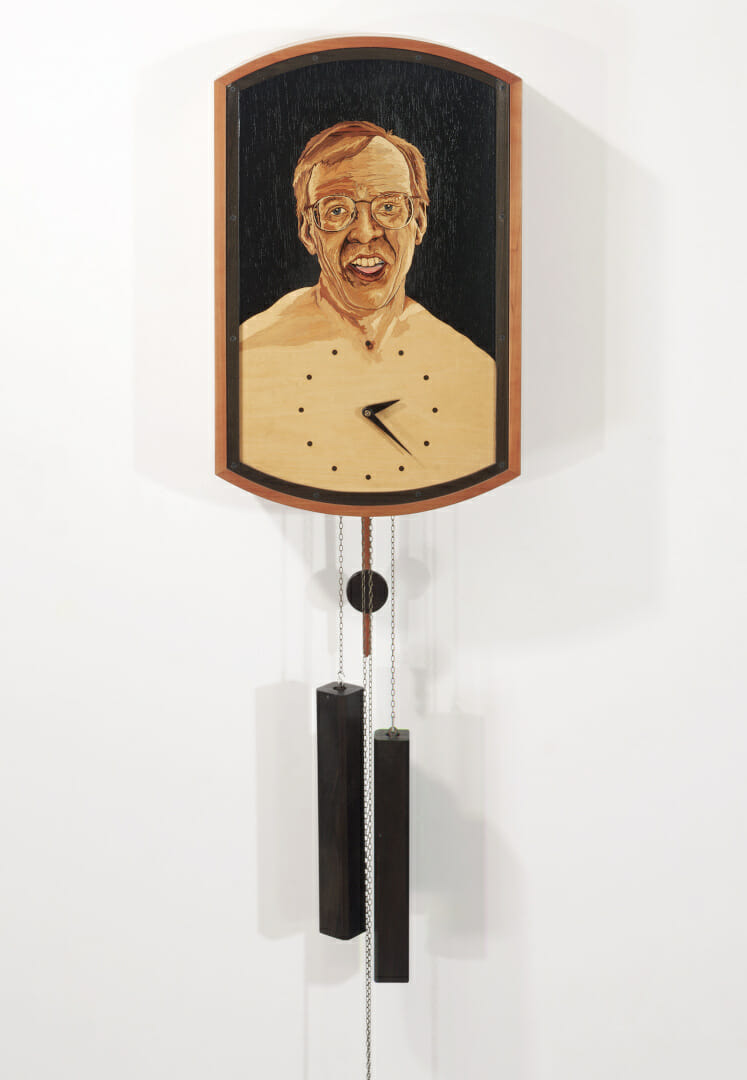
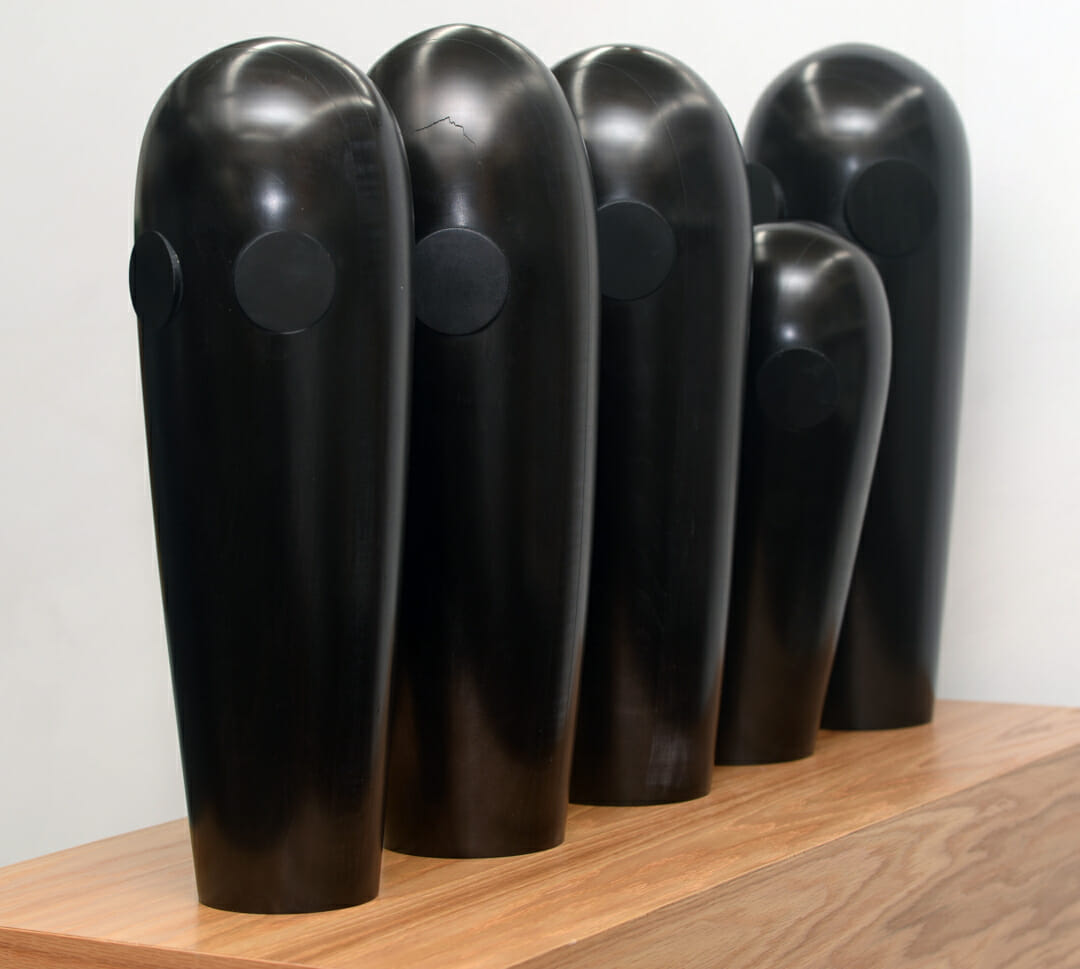
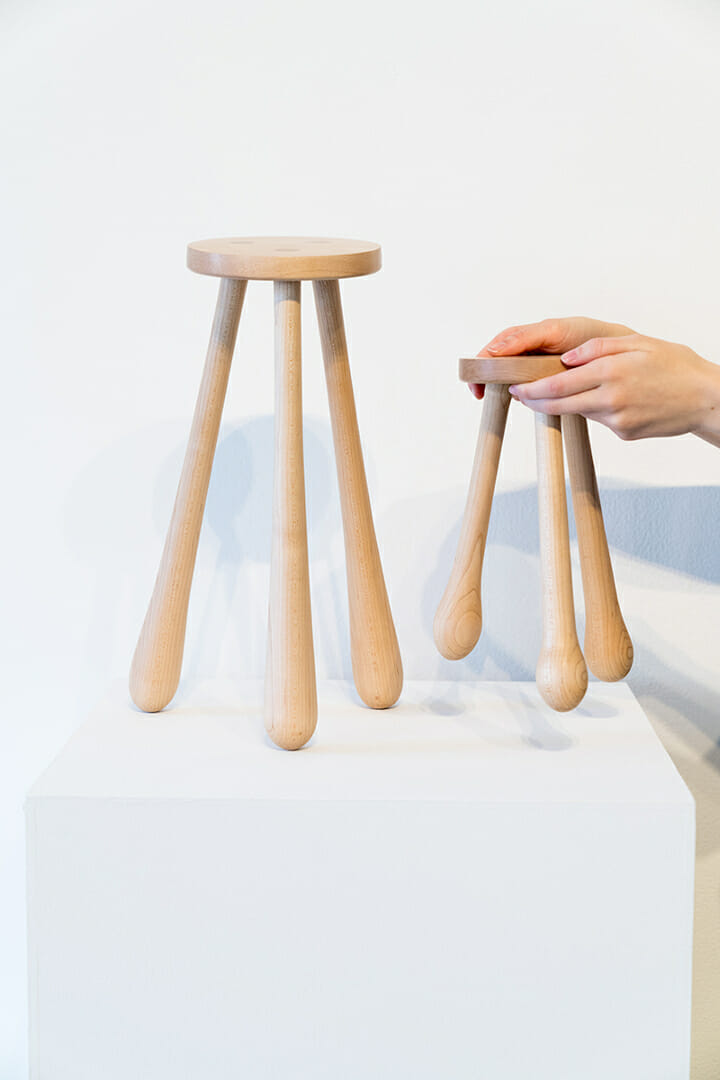
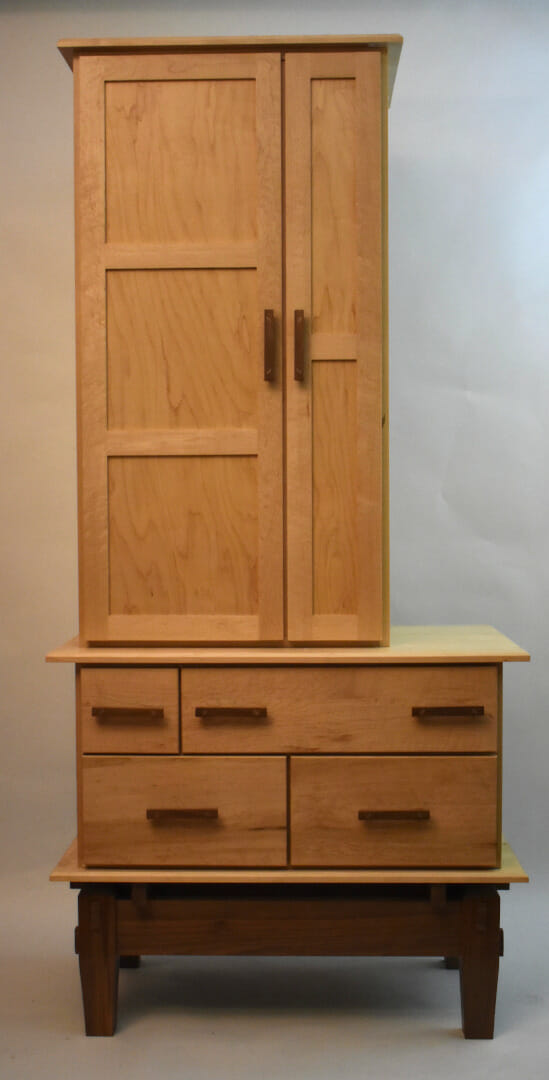
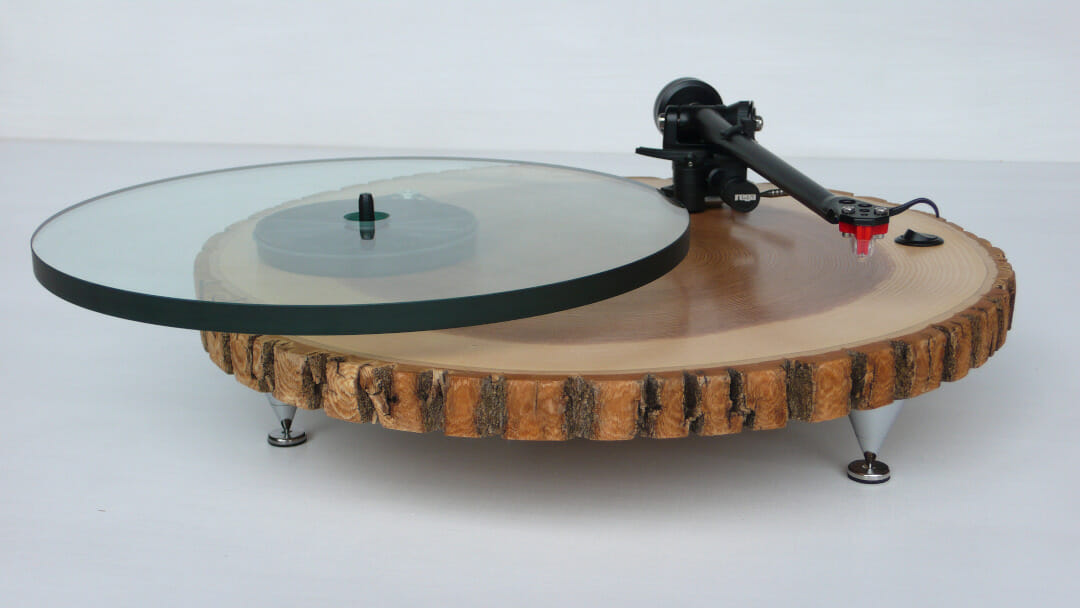
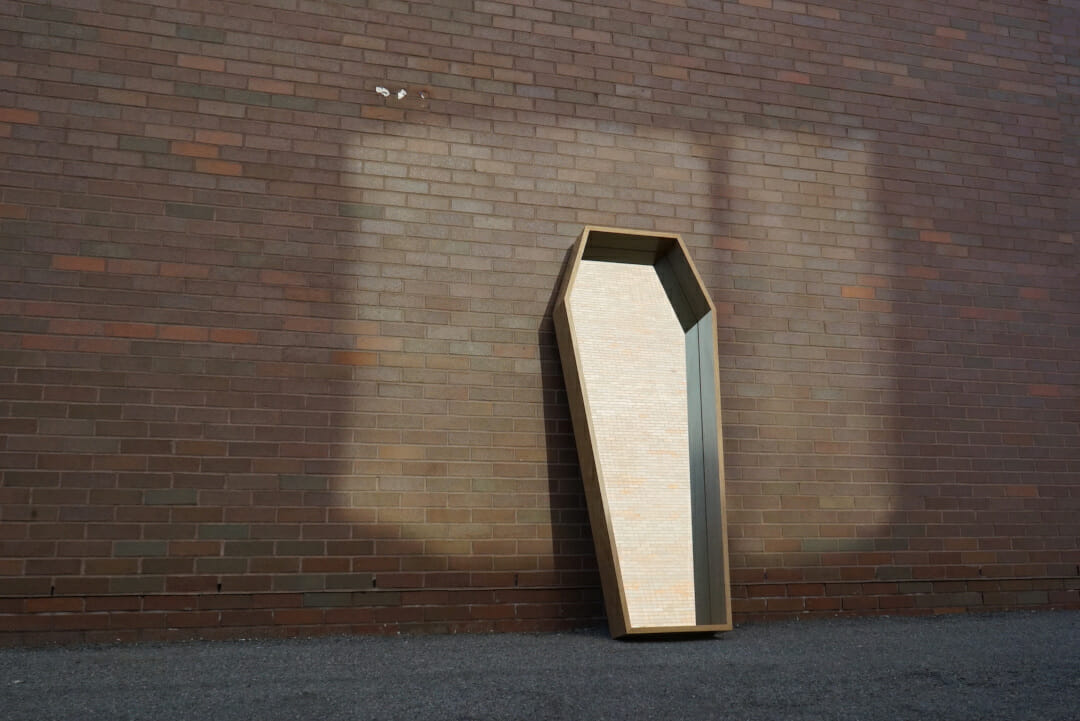
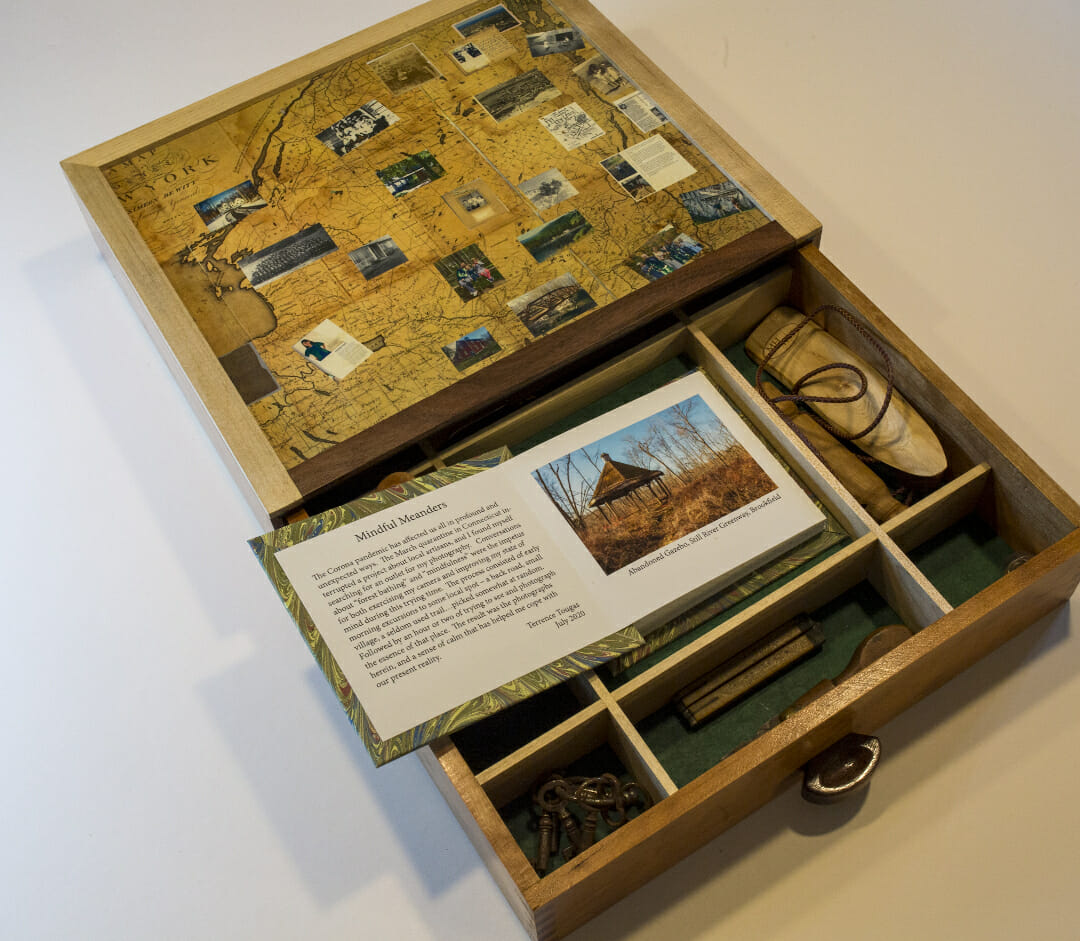
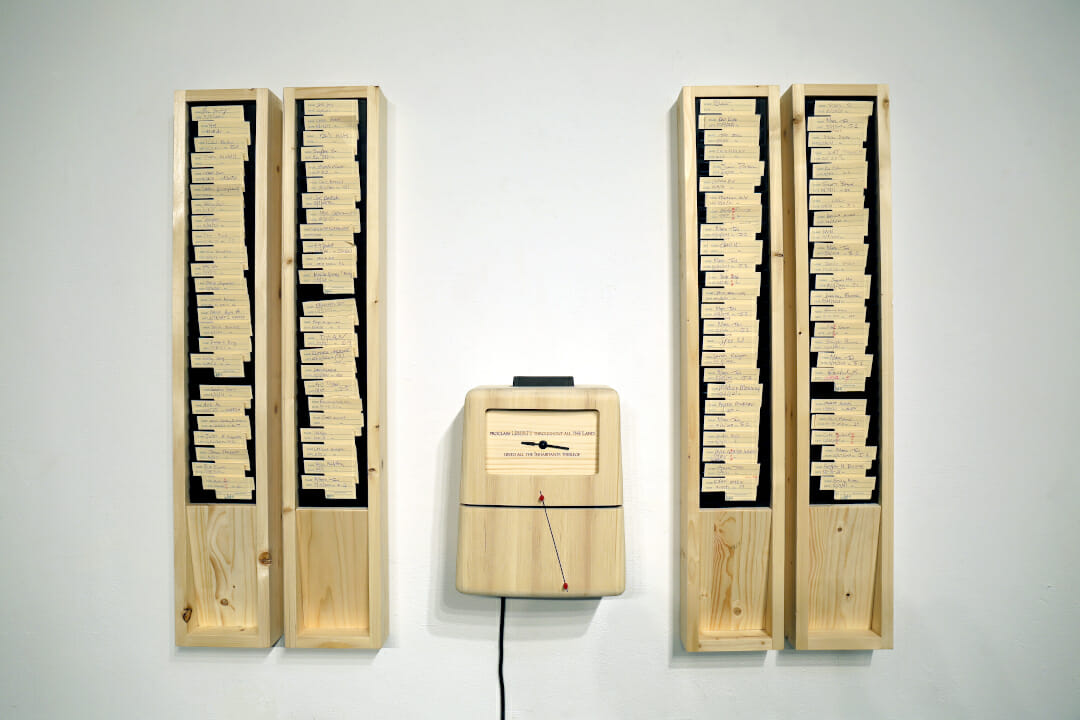
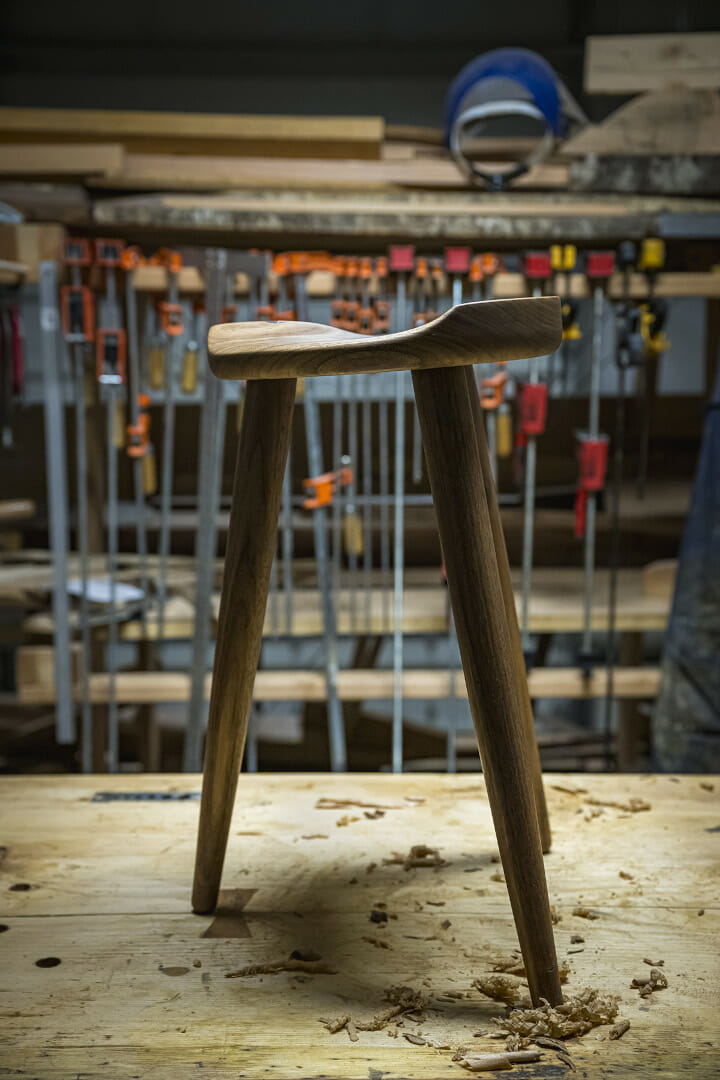
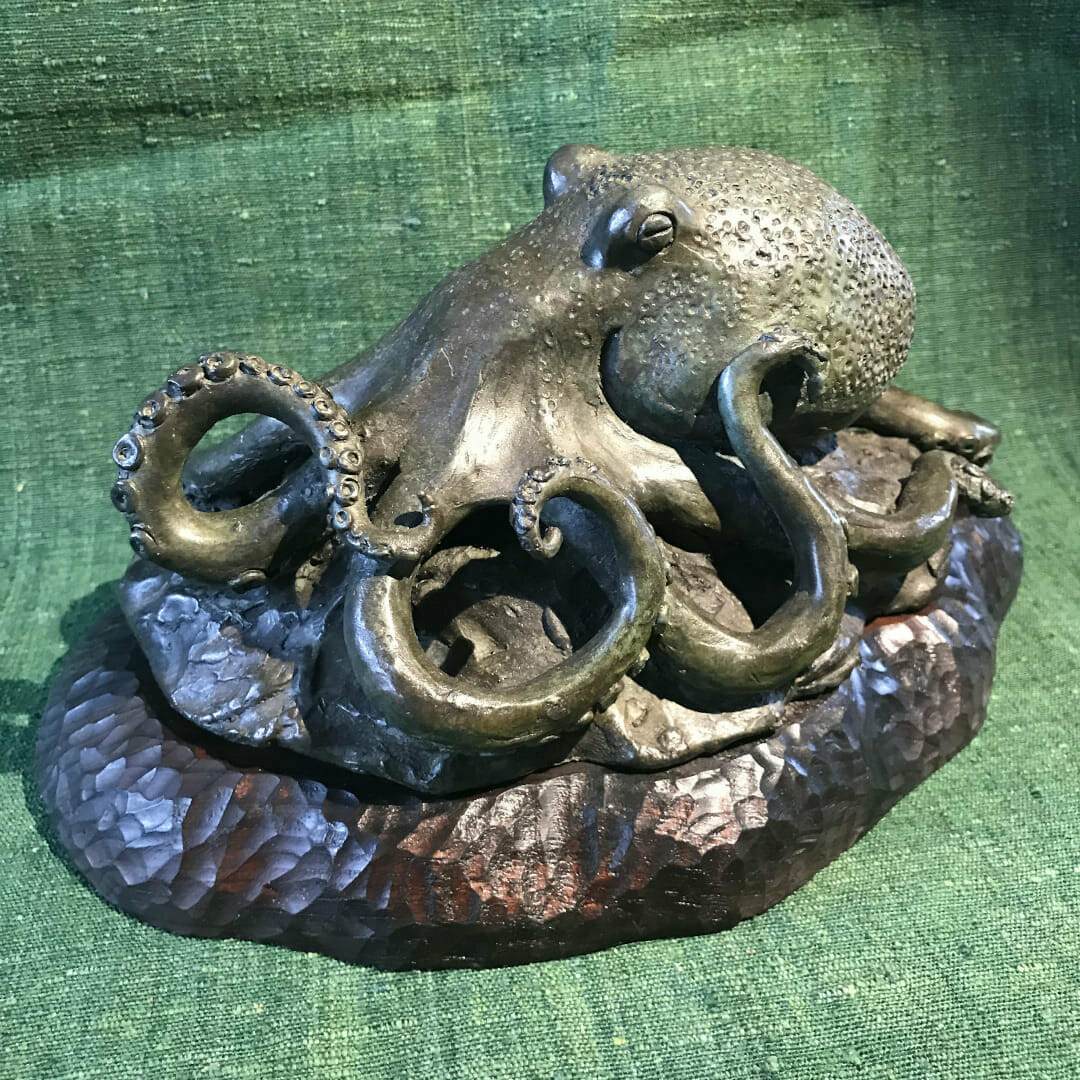
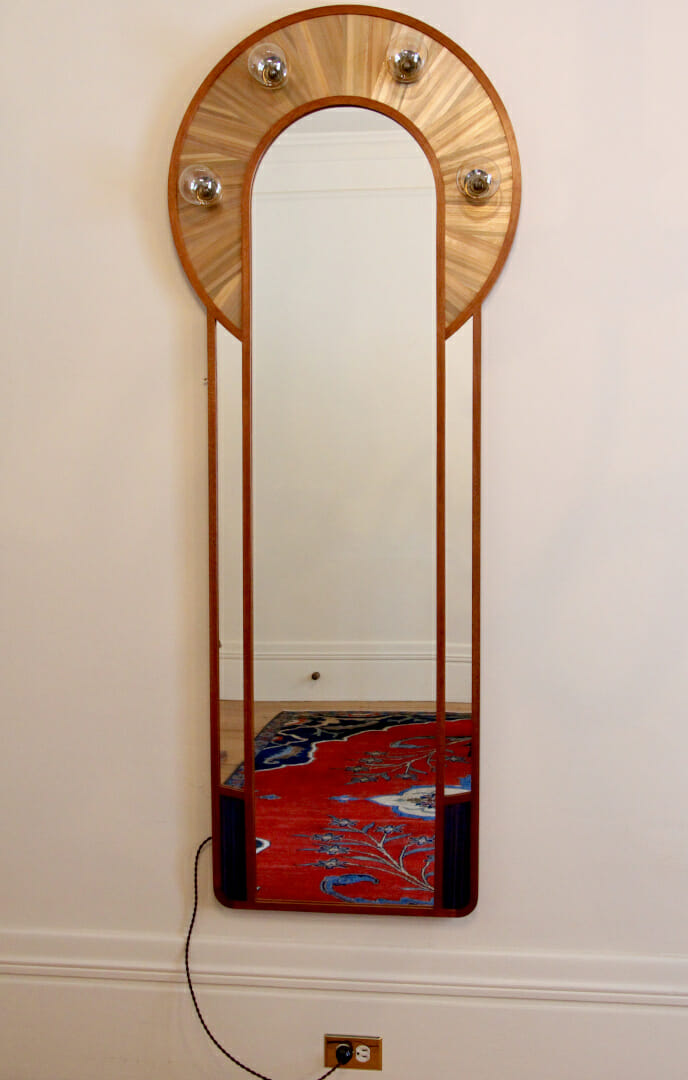
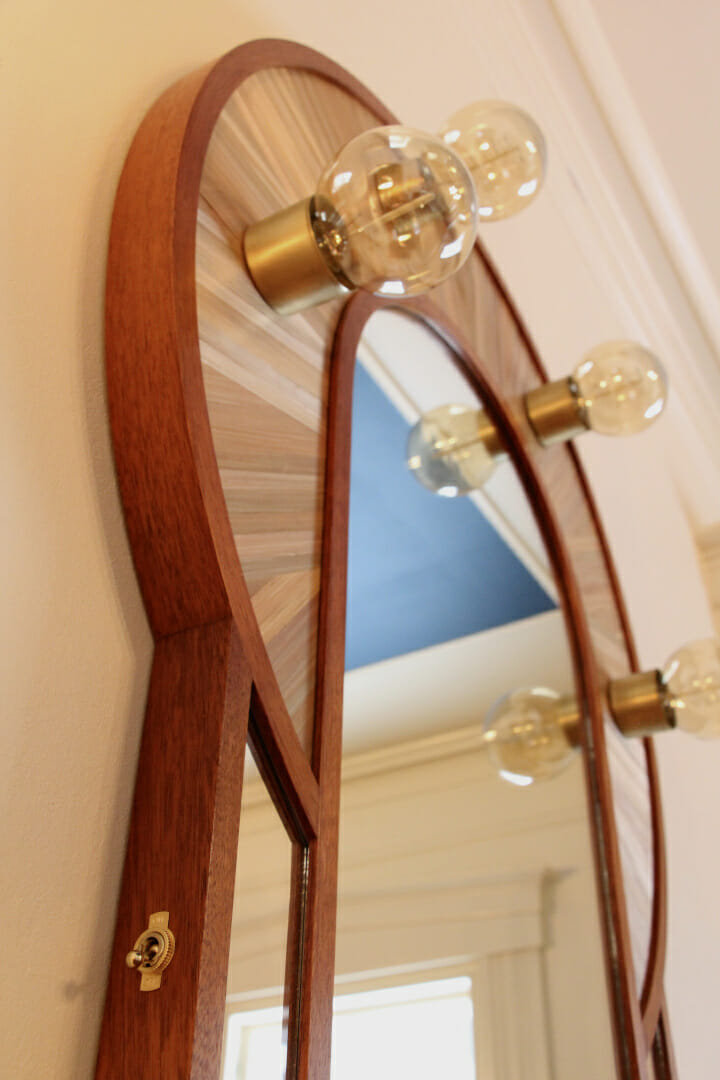
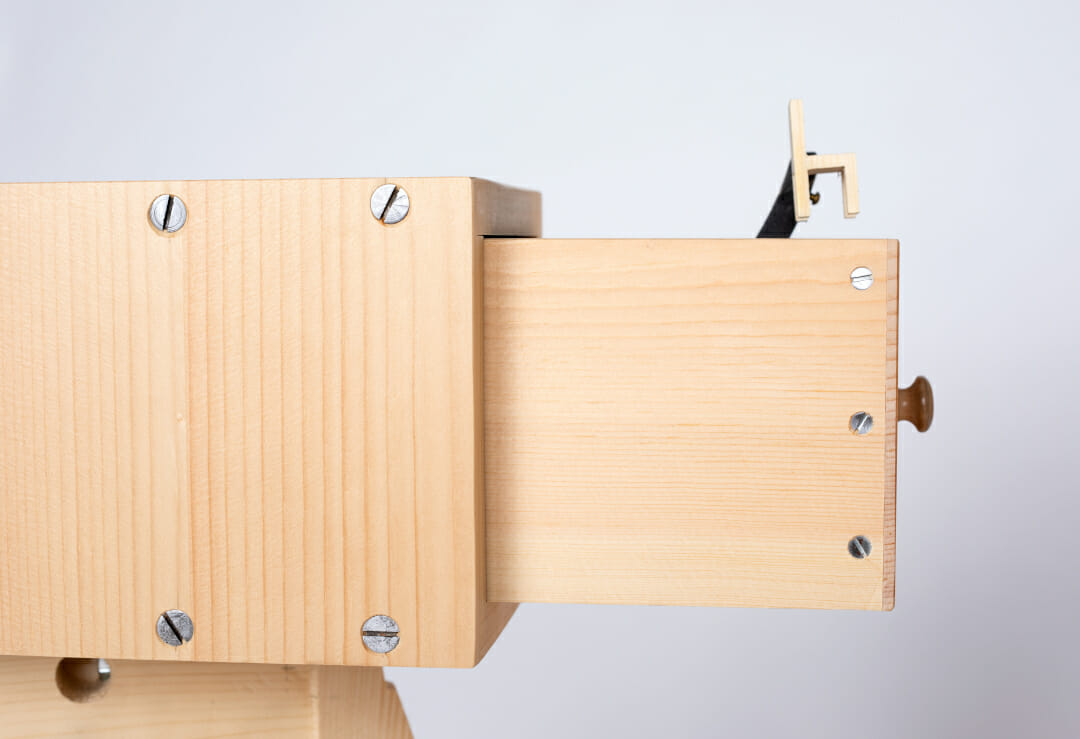
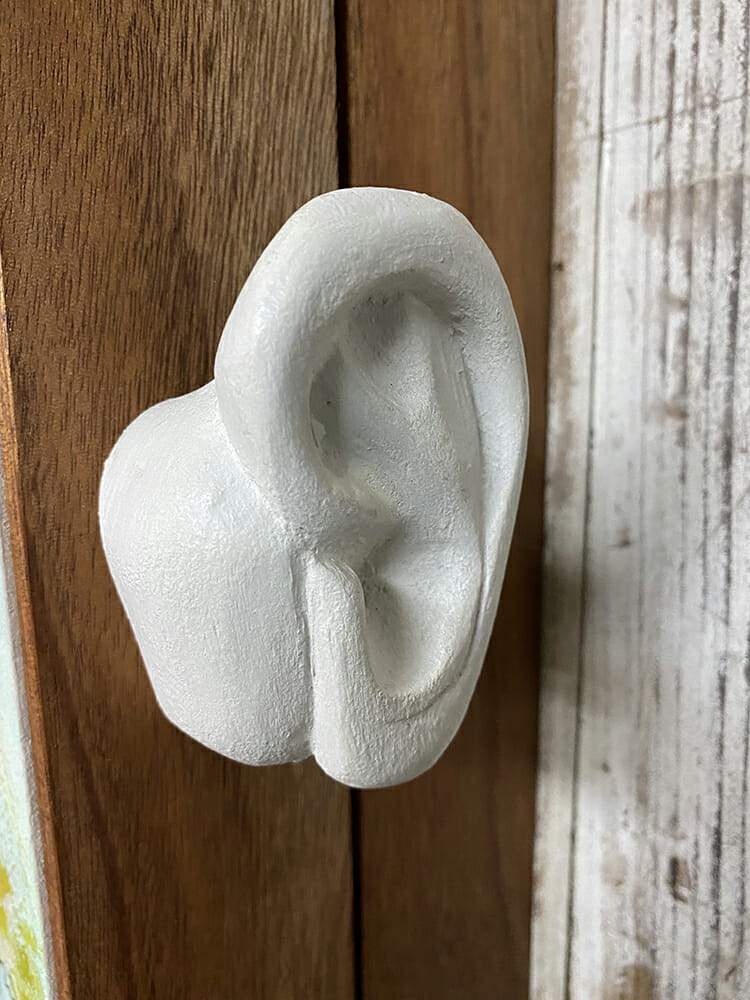
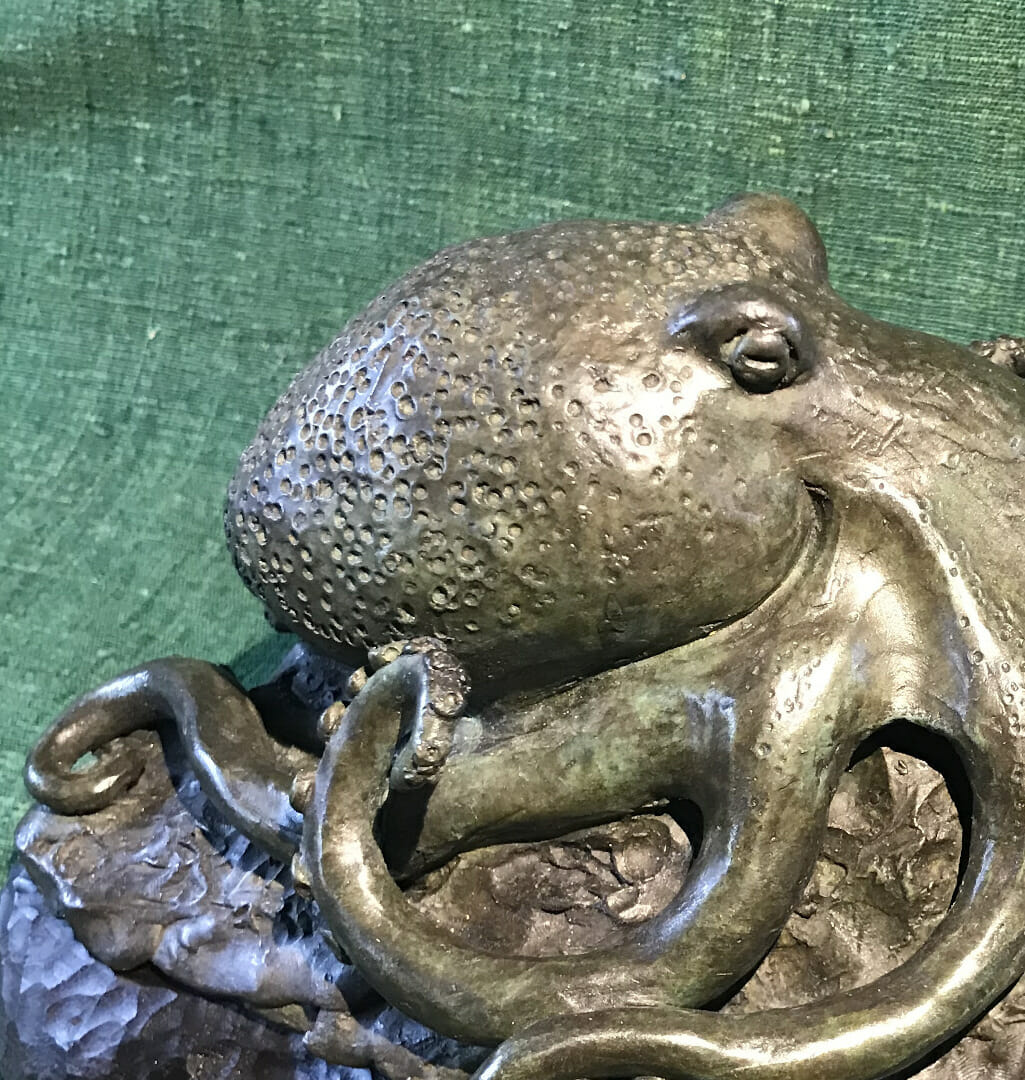
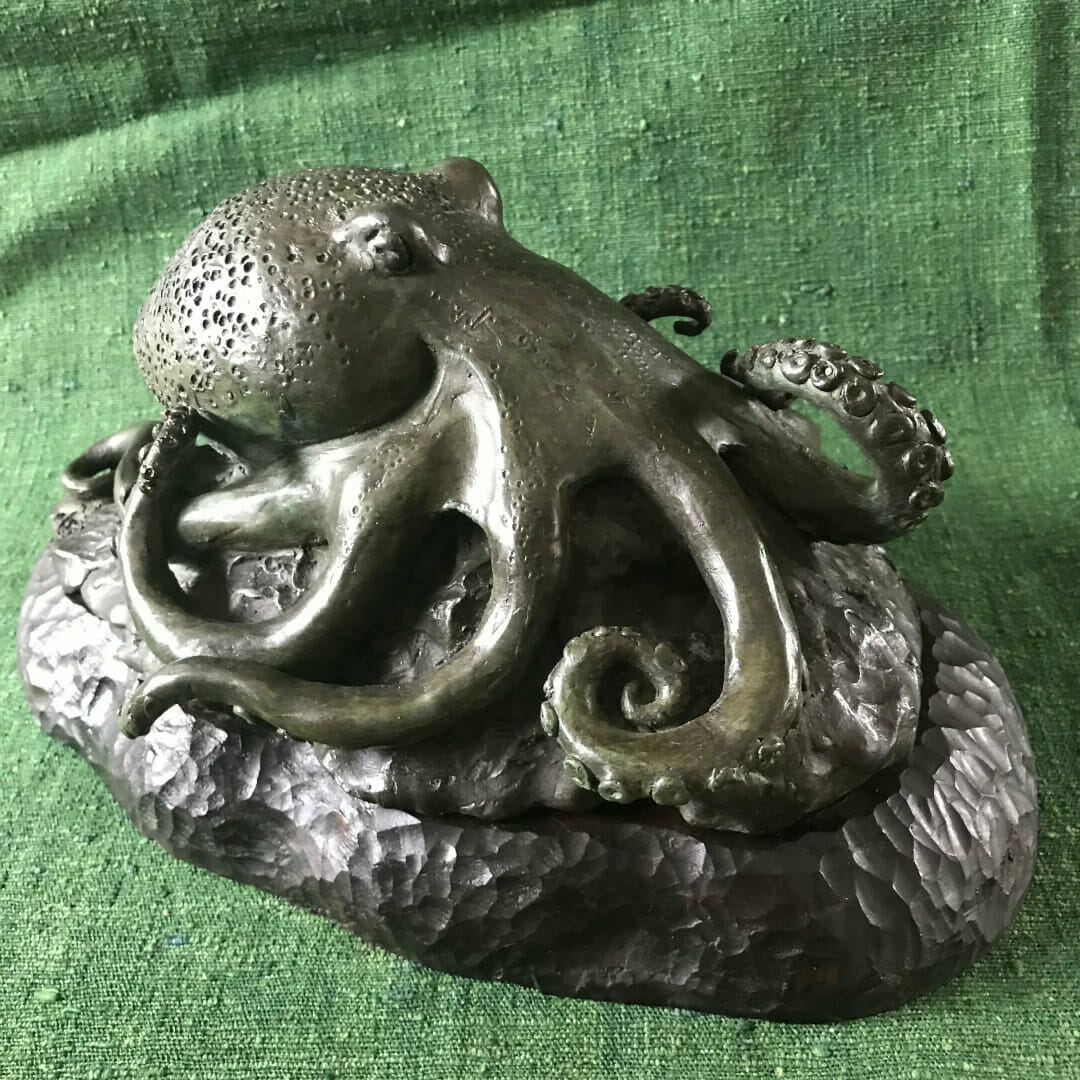 : $7,500
: $7,500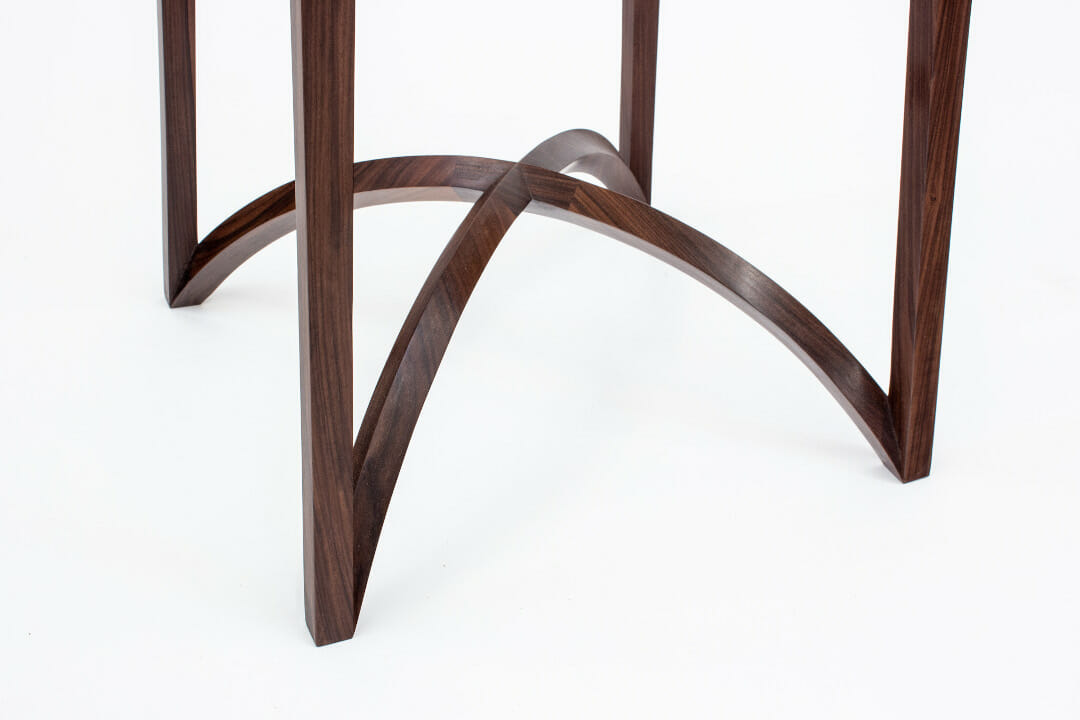
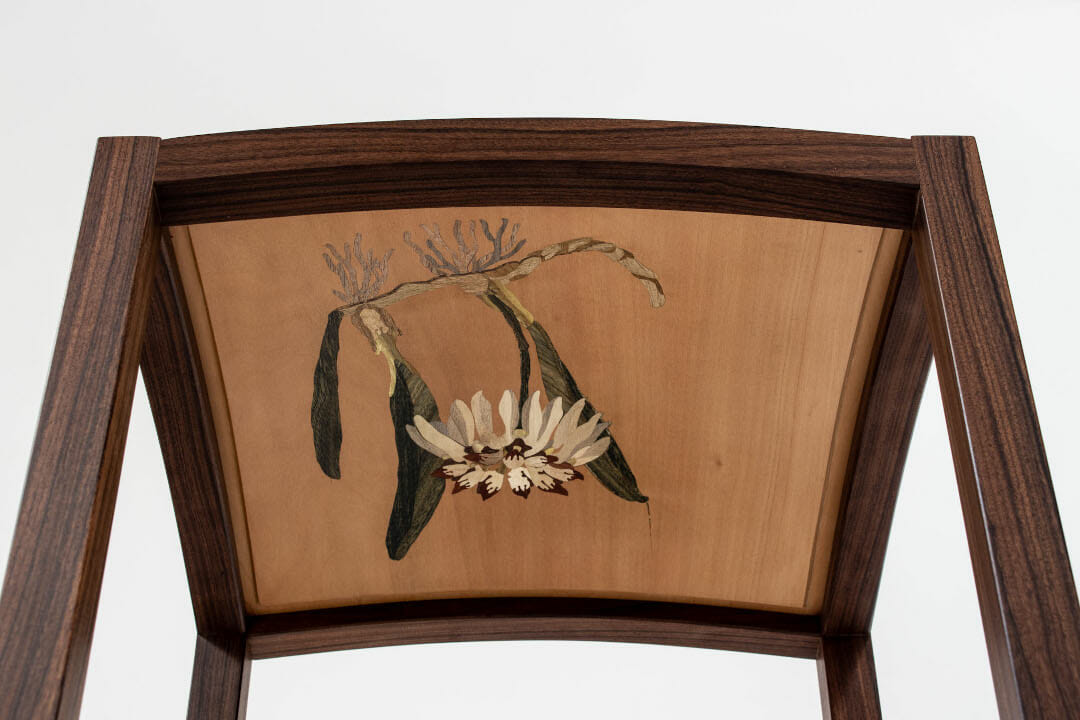
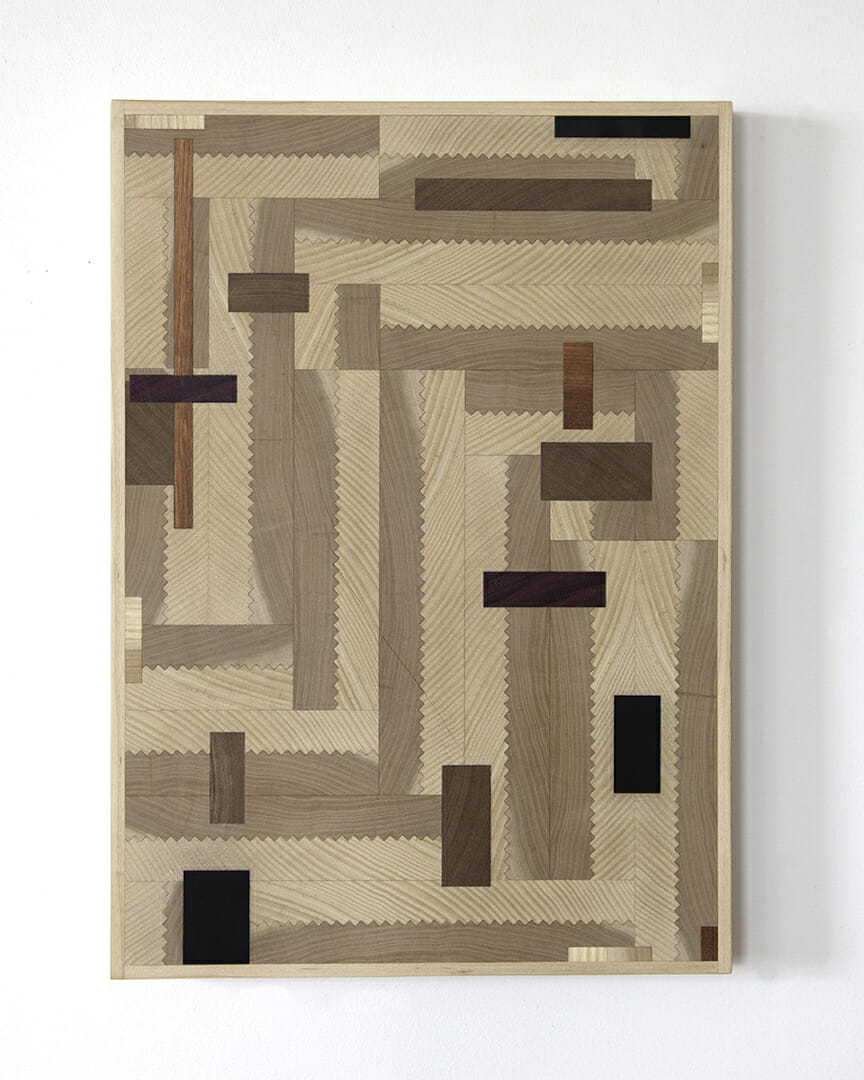
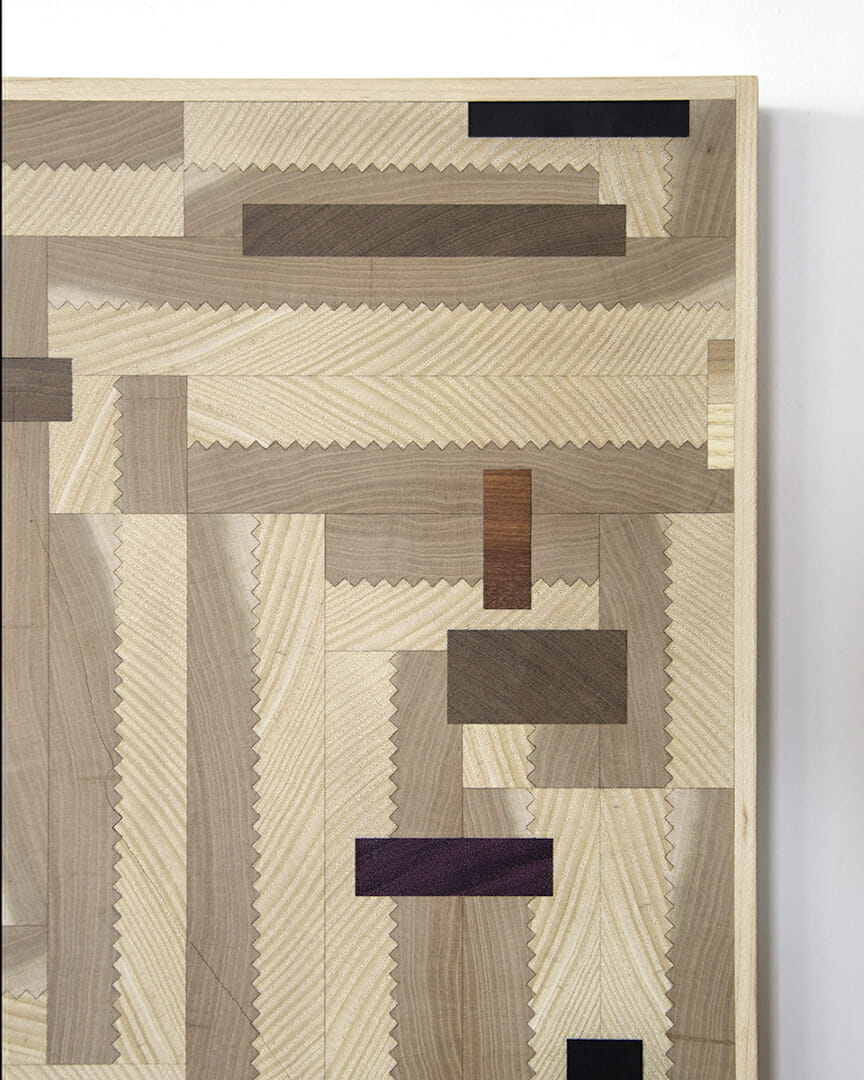
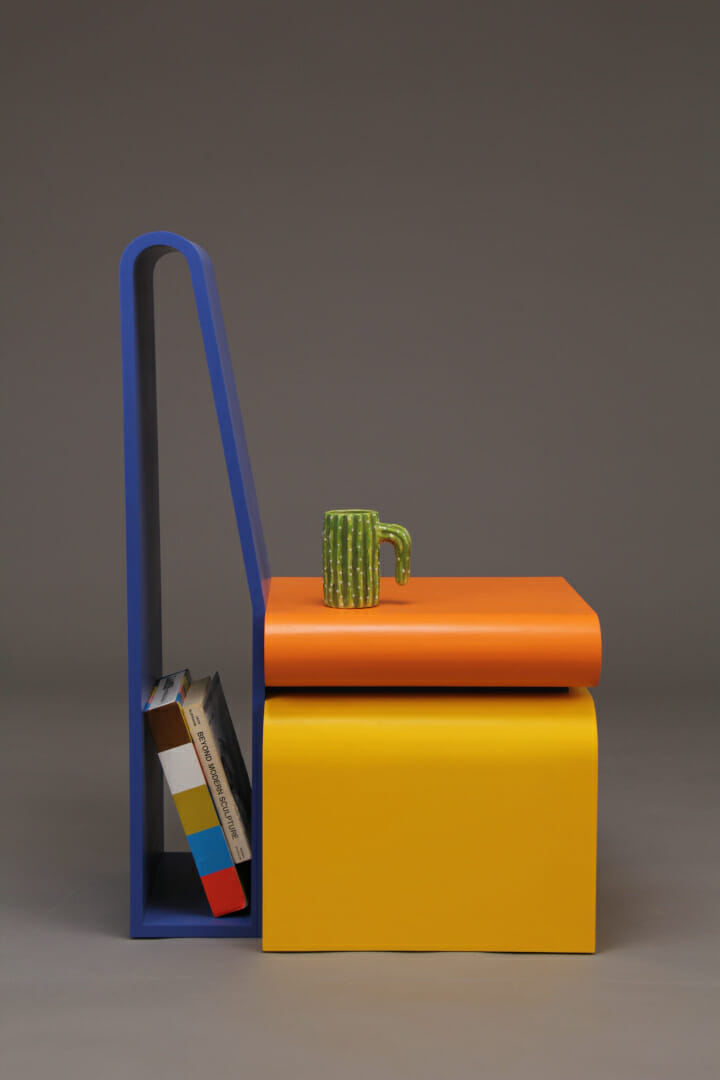
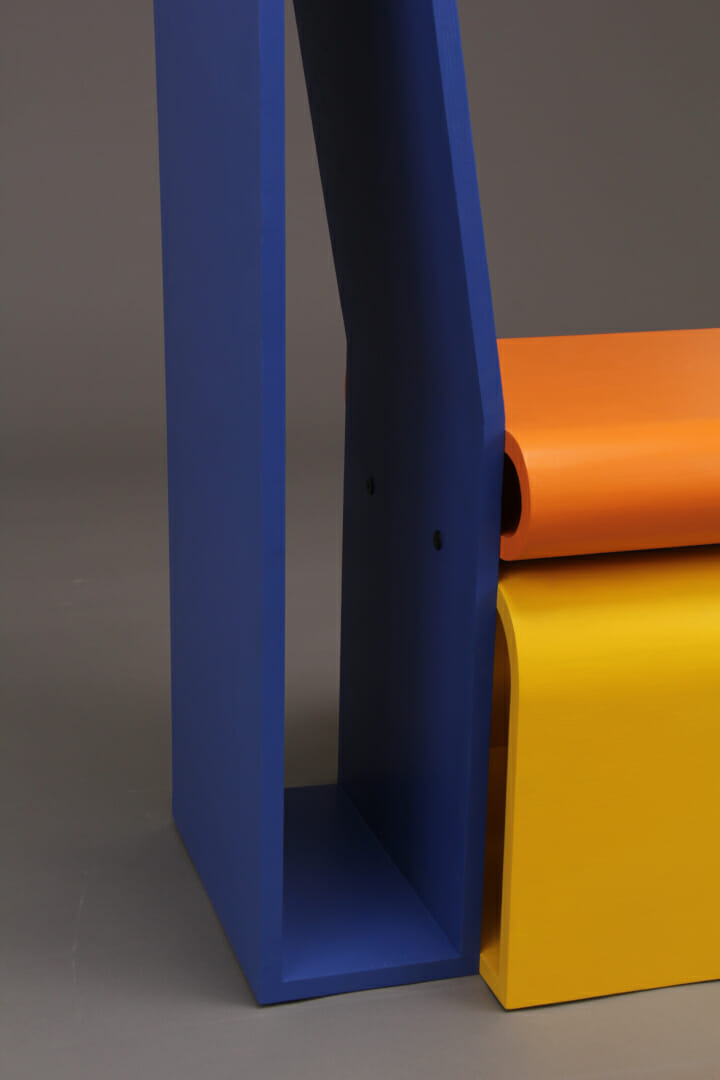
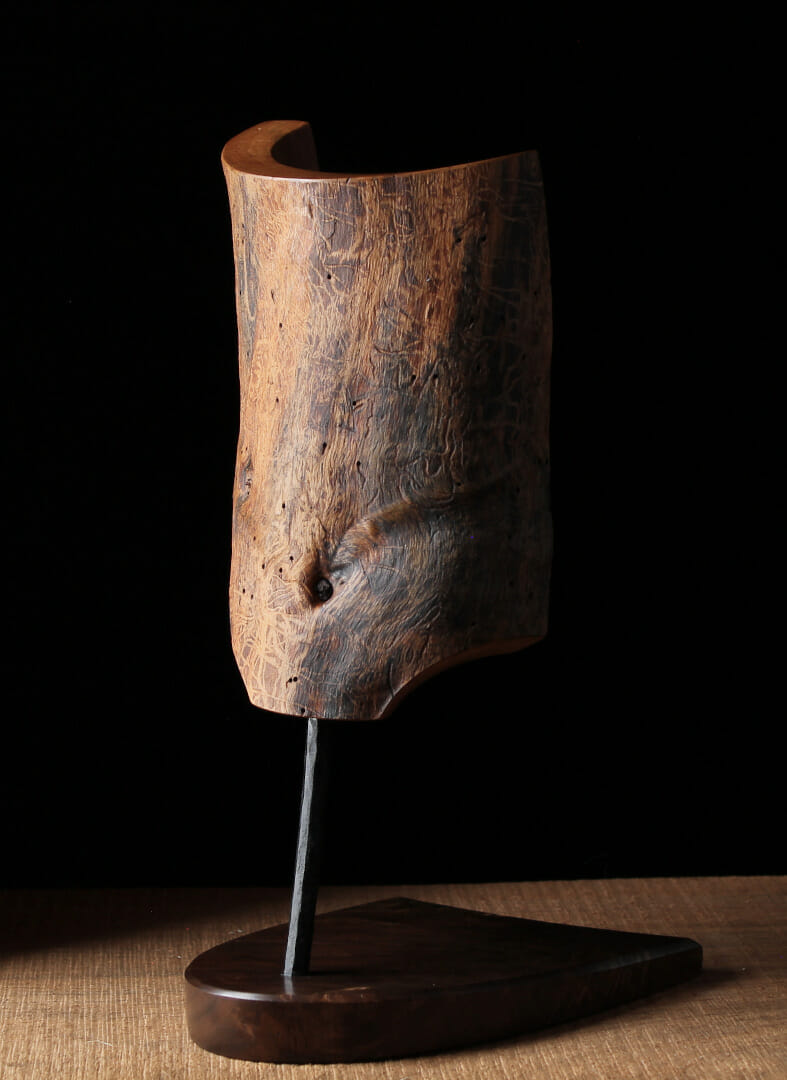
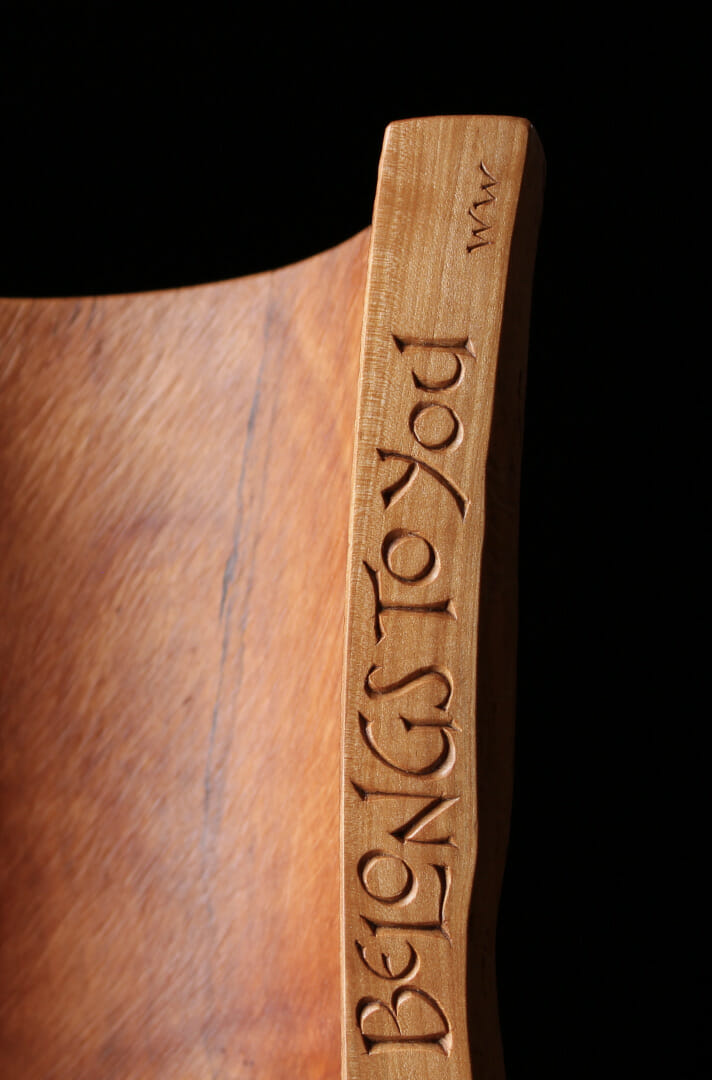
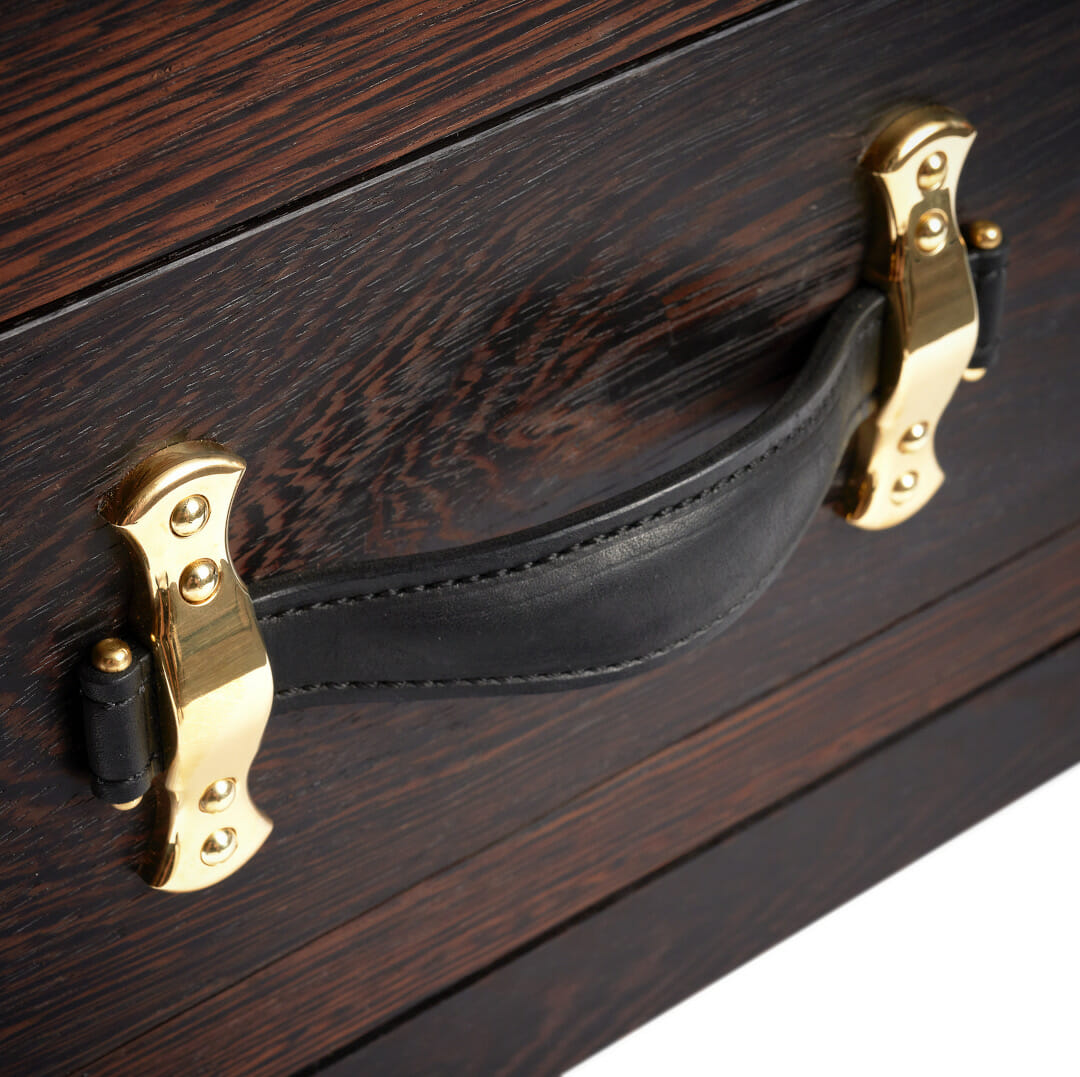
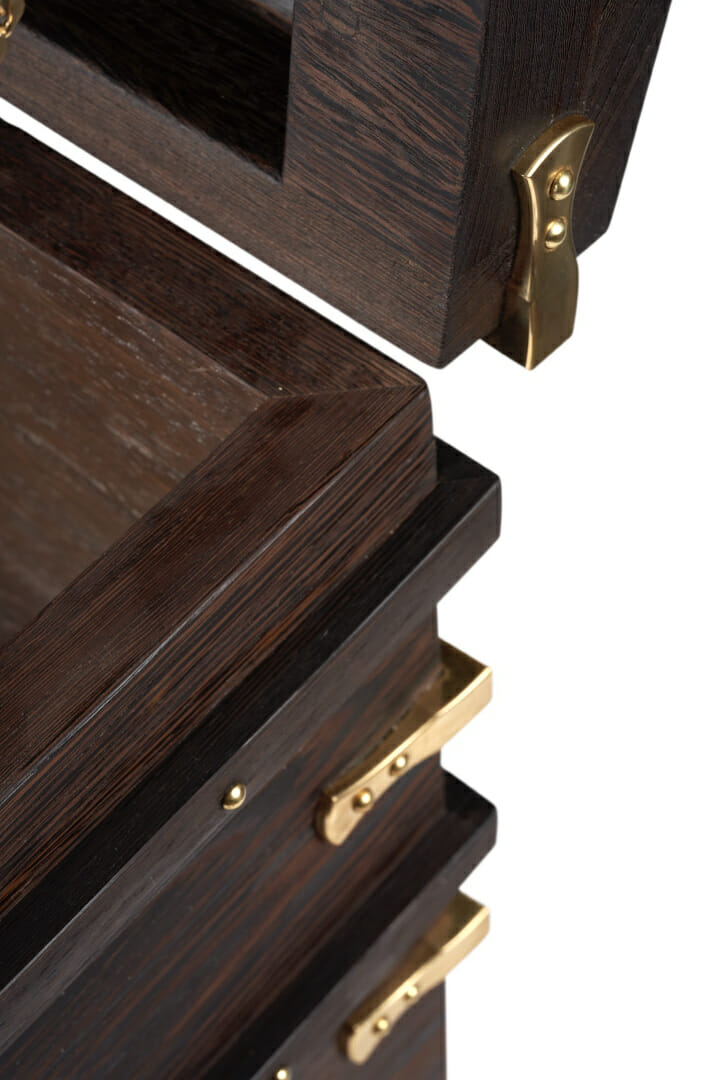
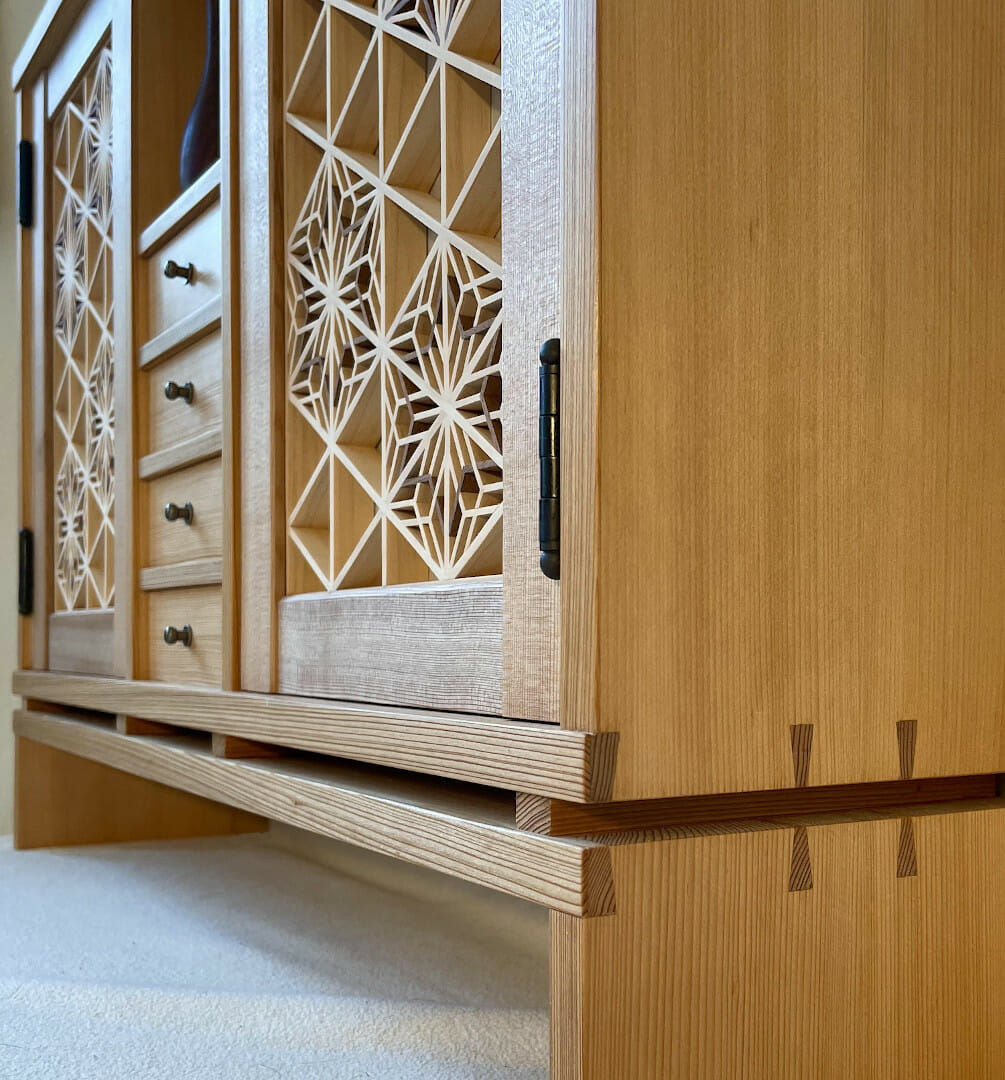
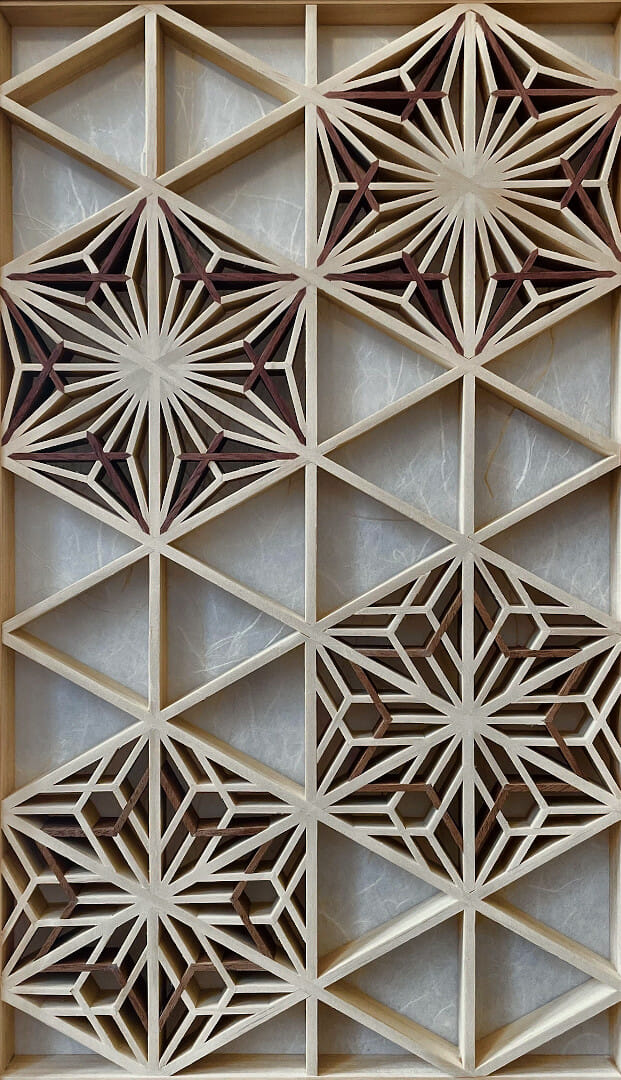
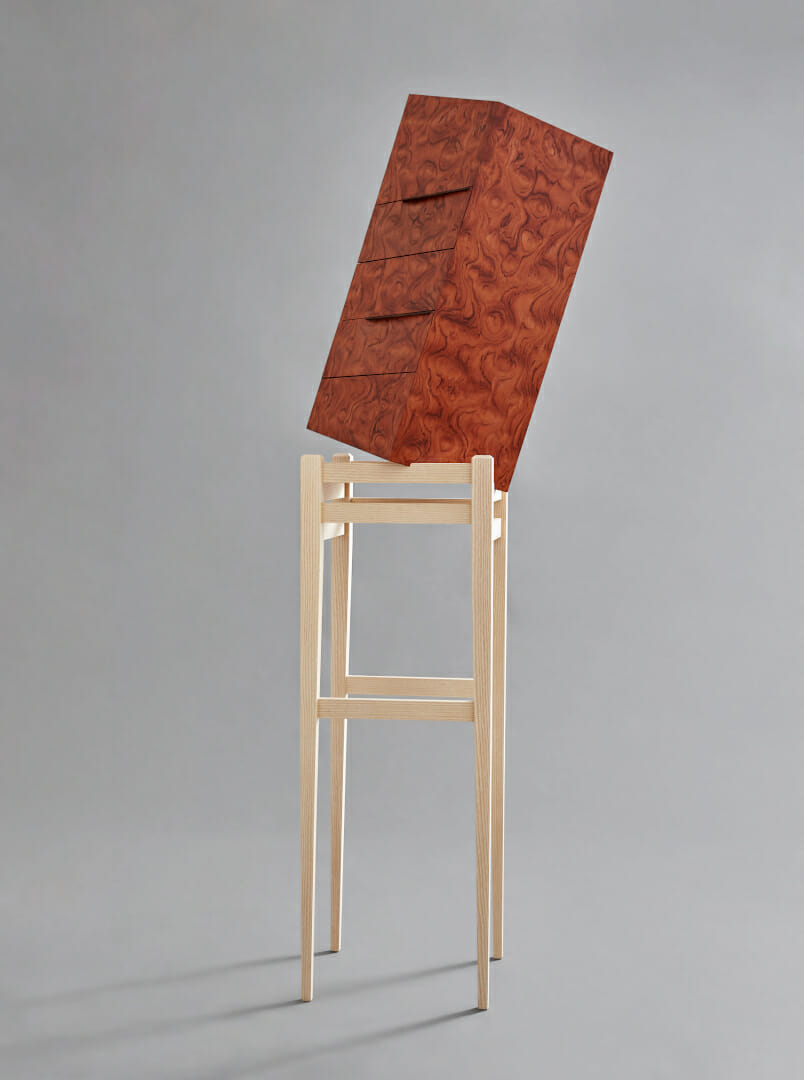
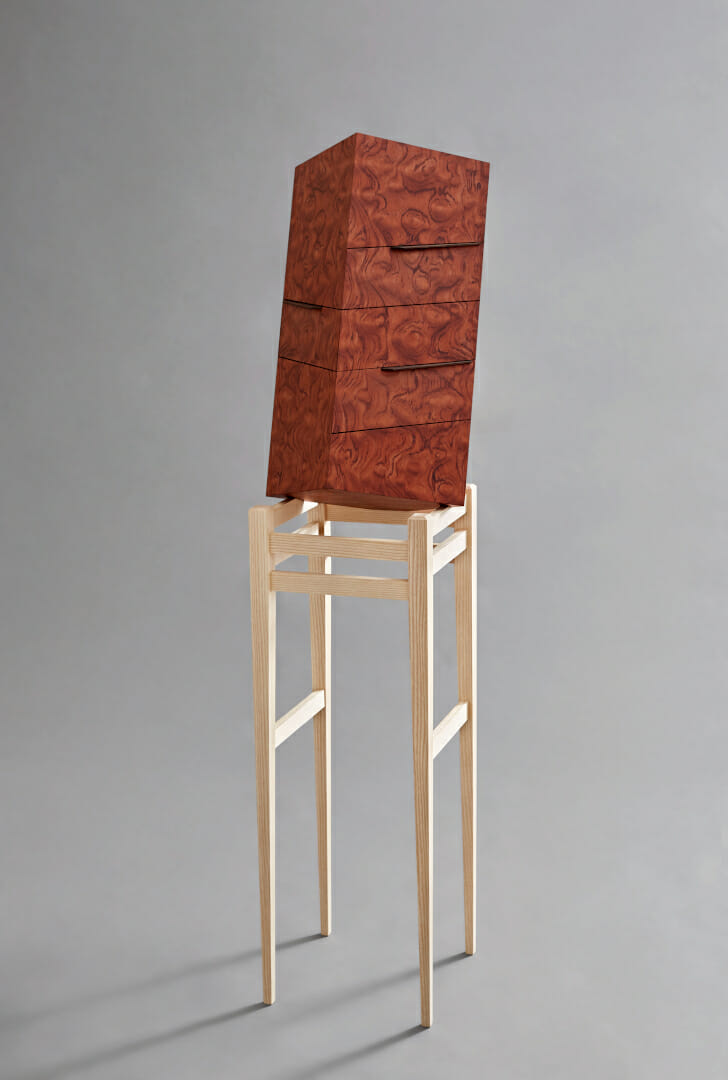
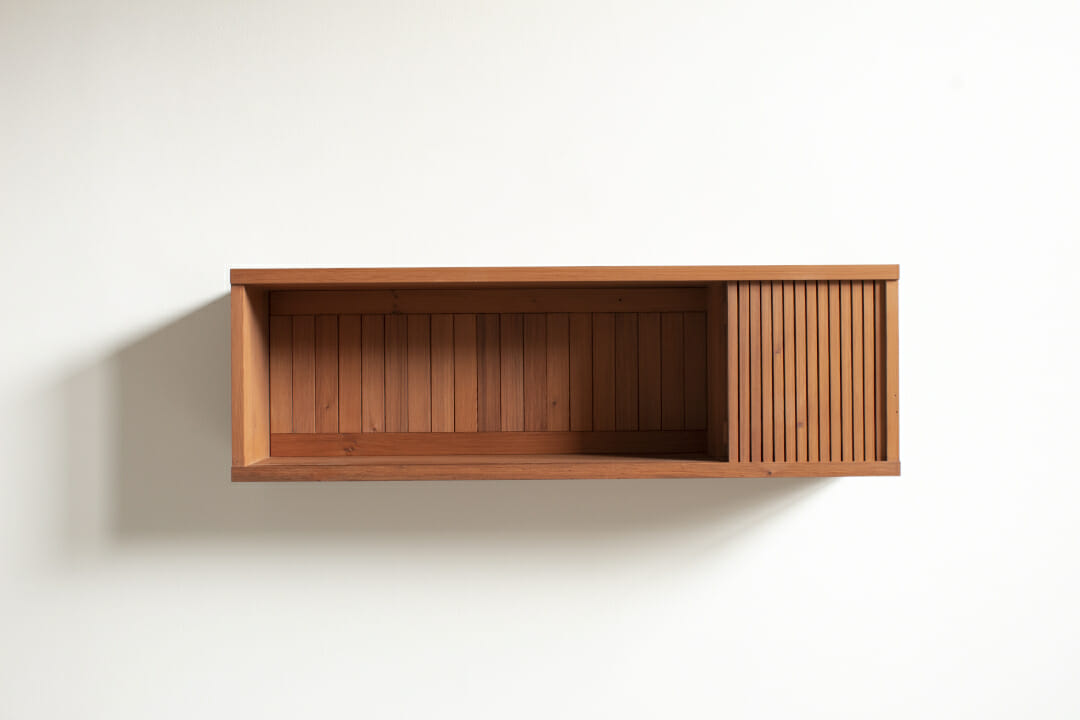
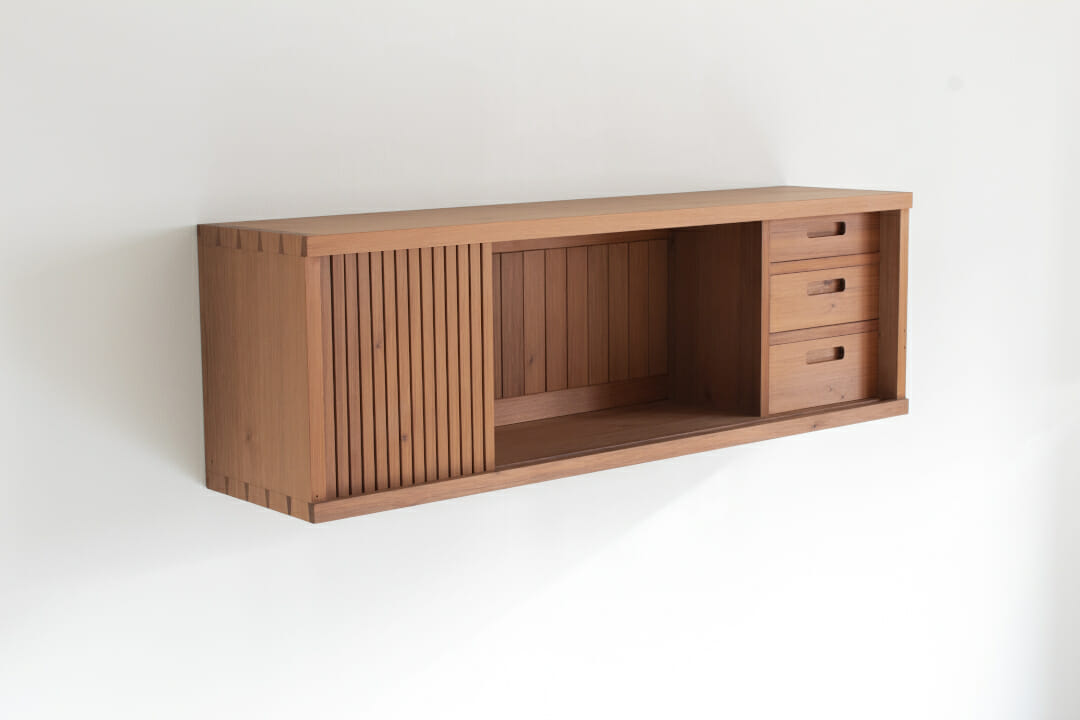
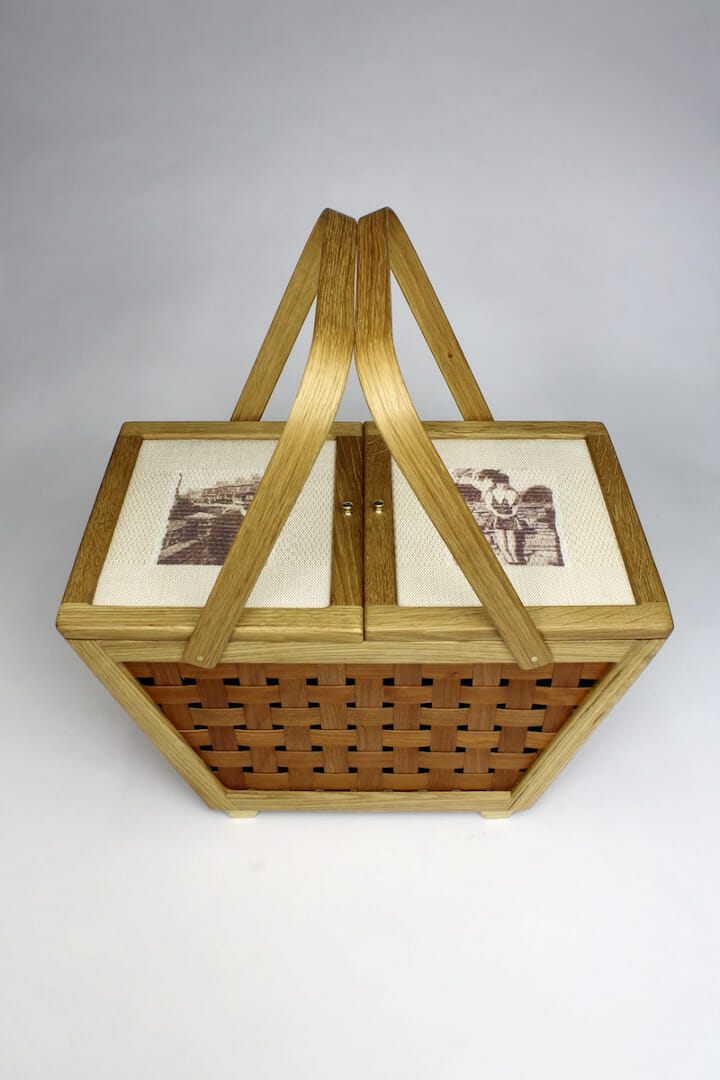
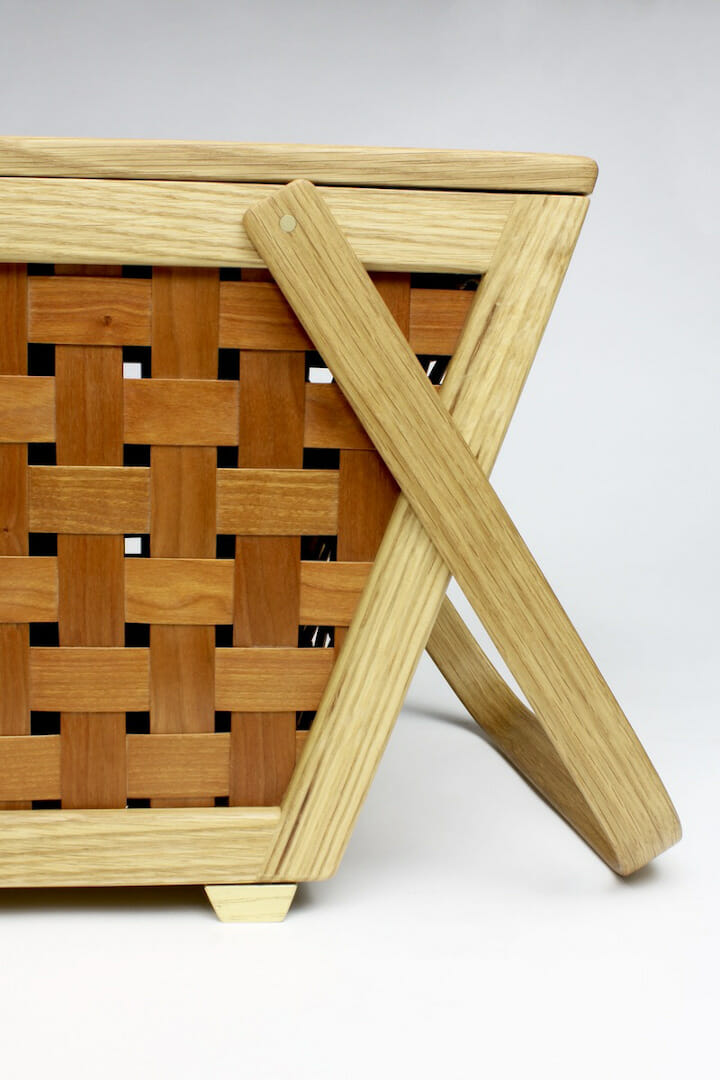
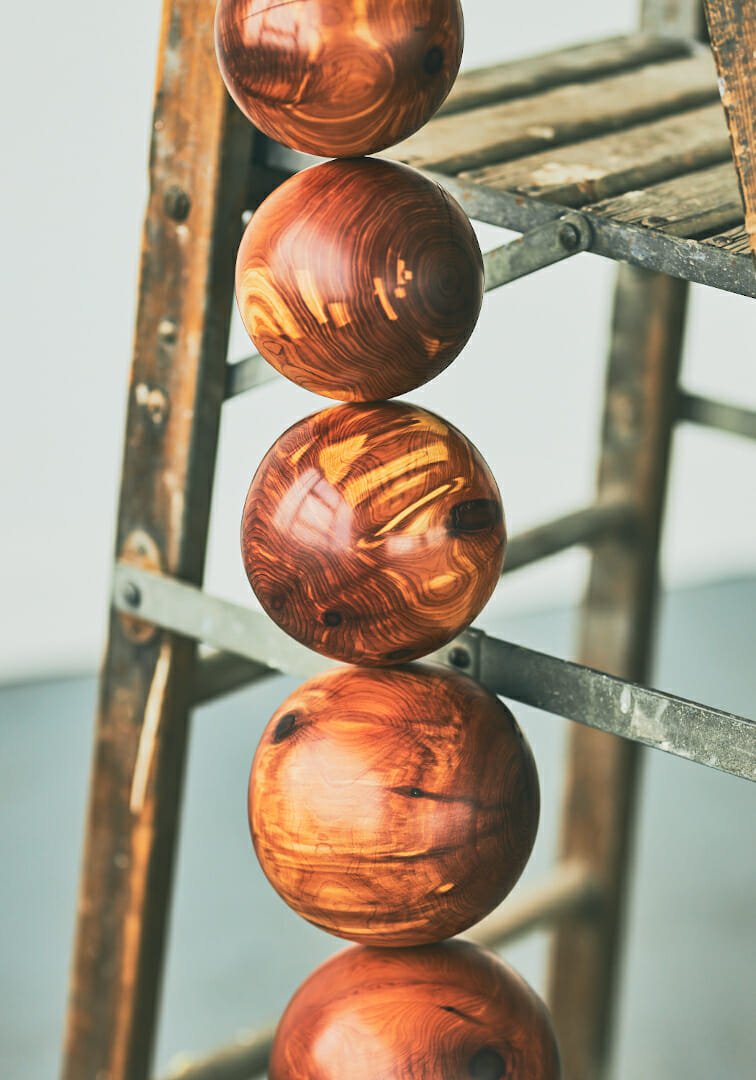
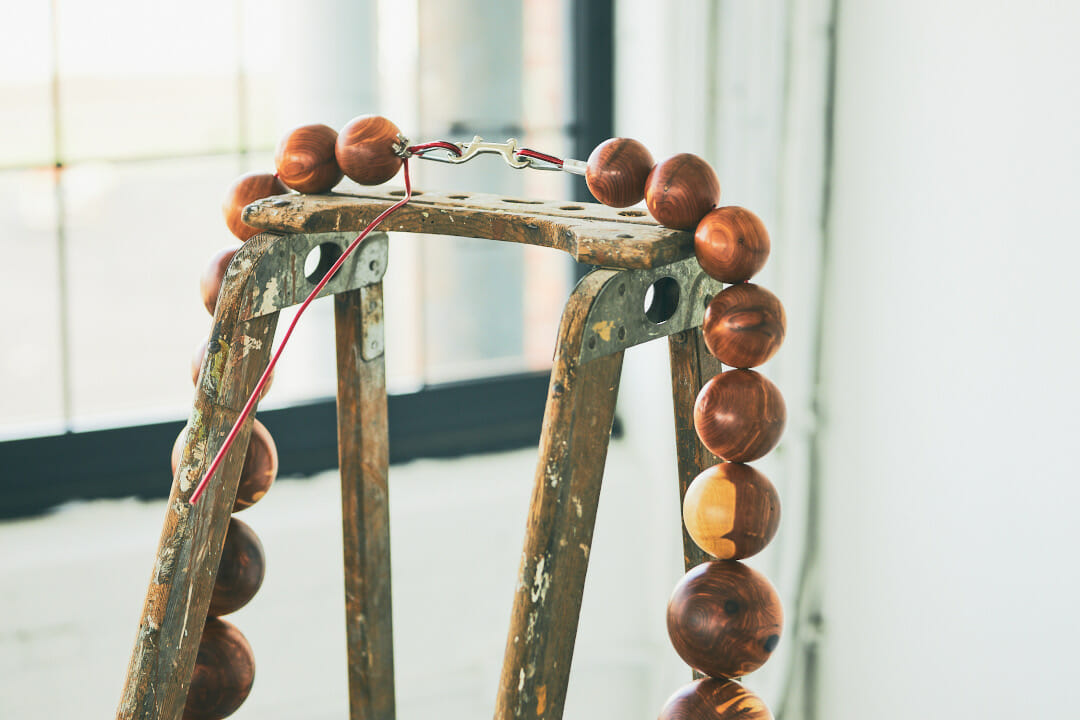
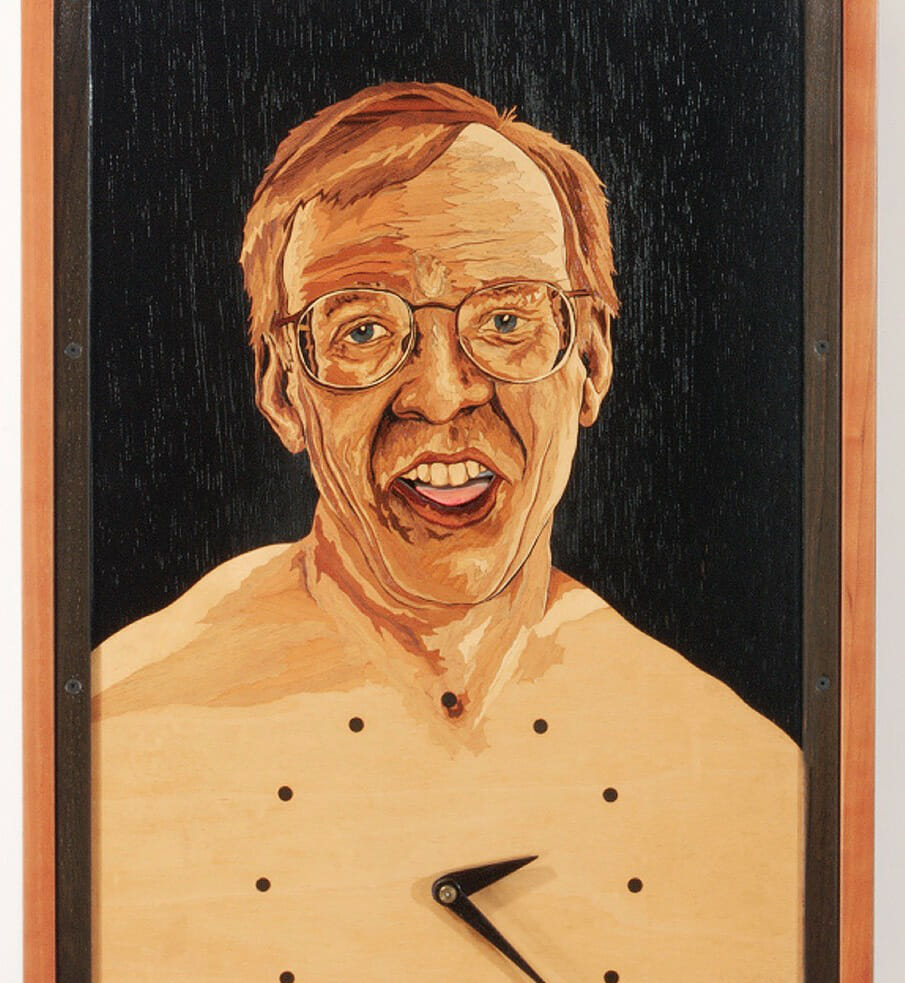
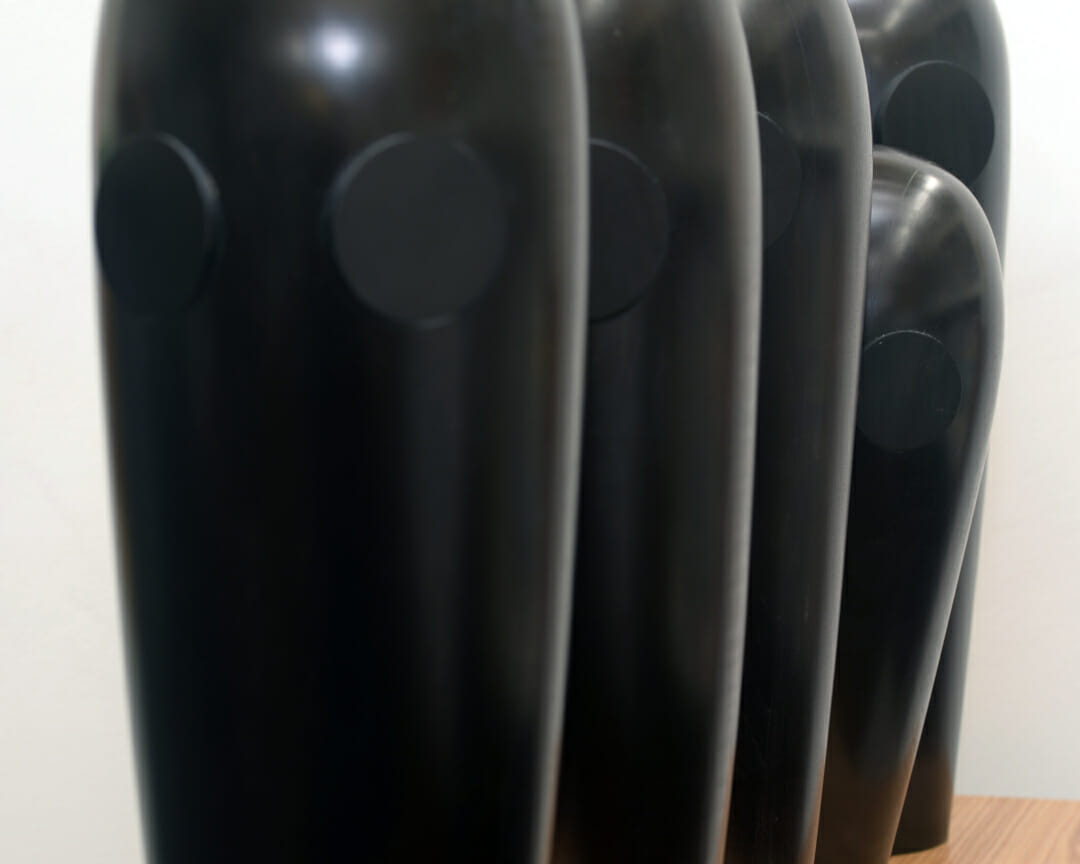
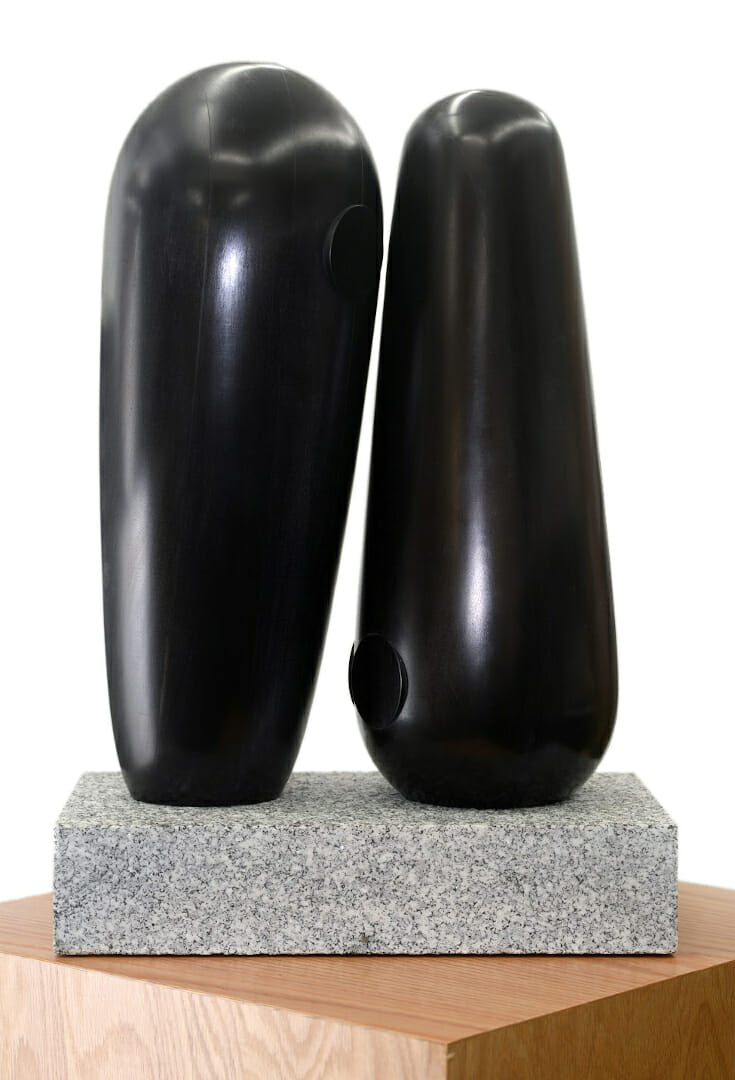
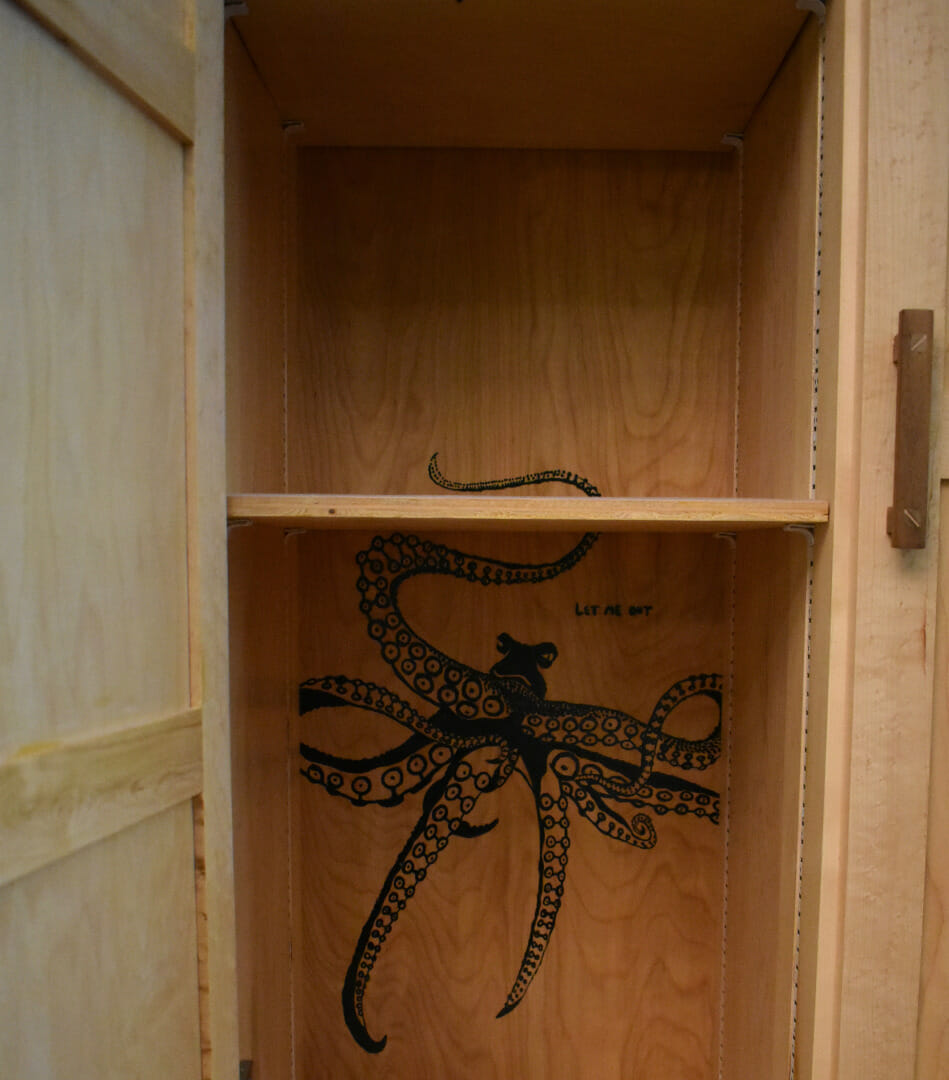
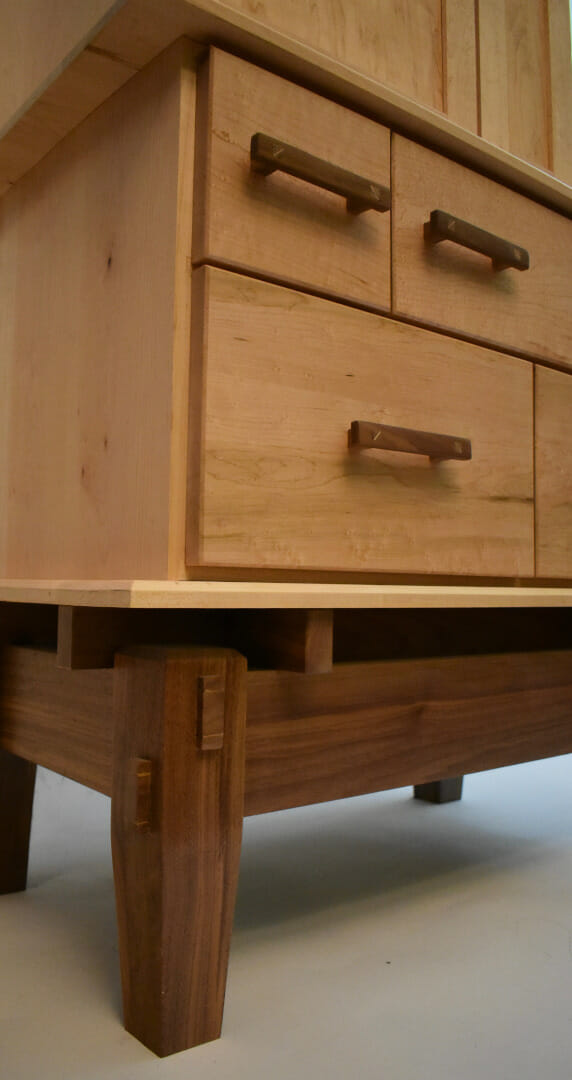
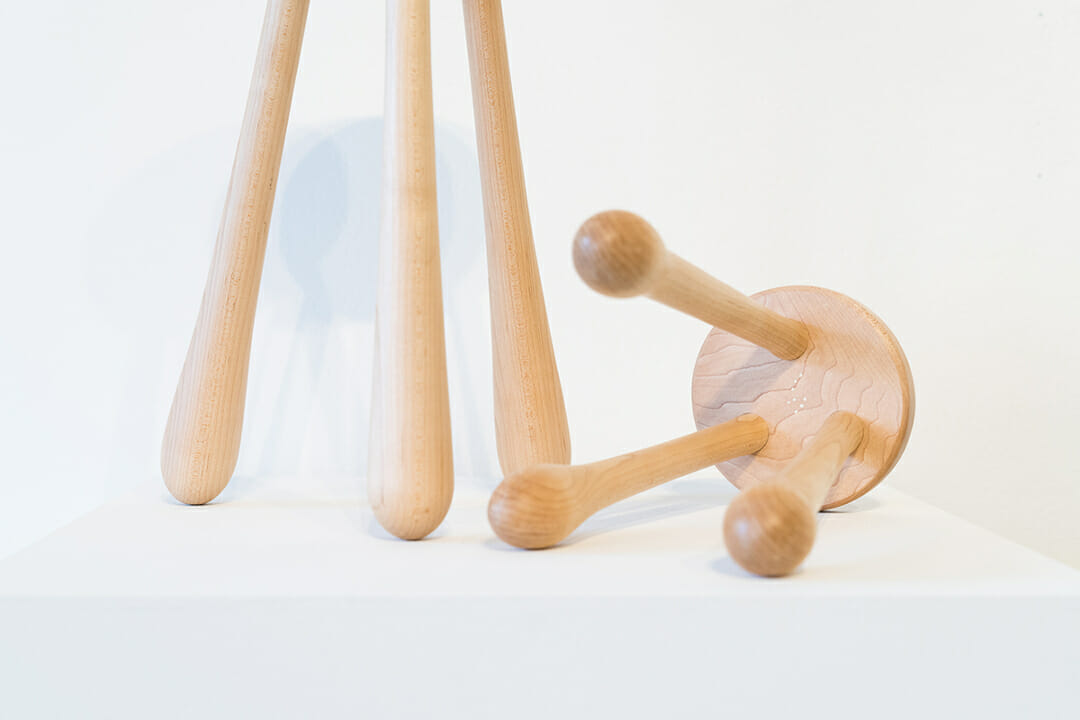
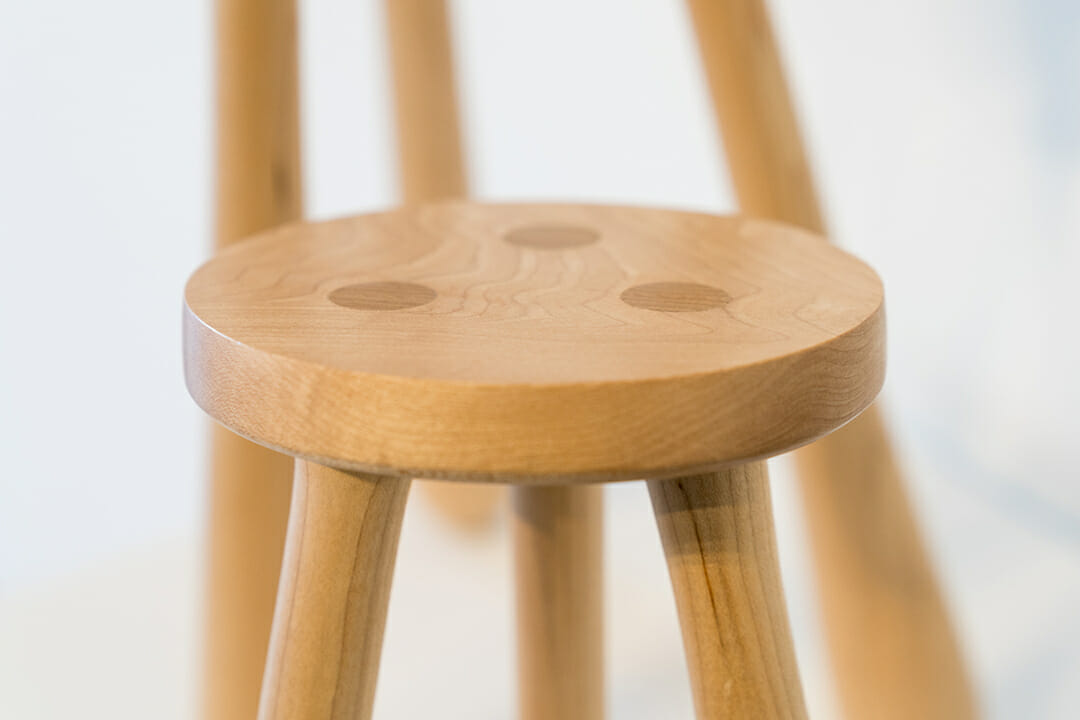
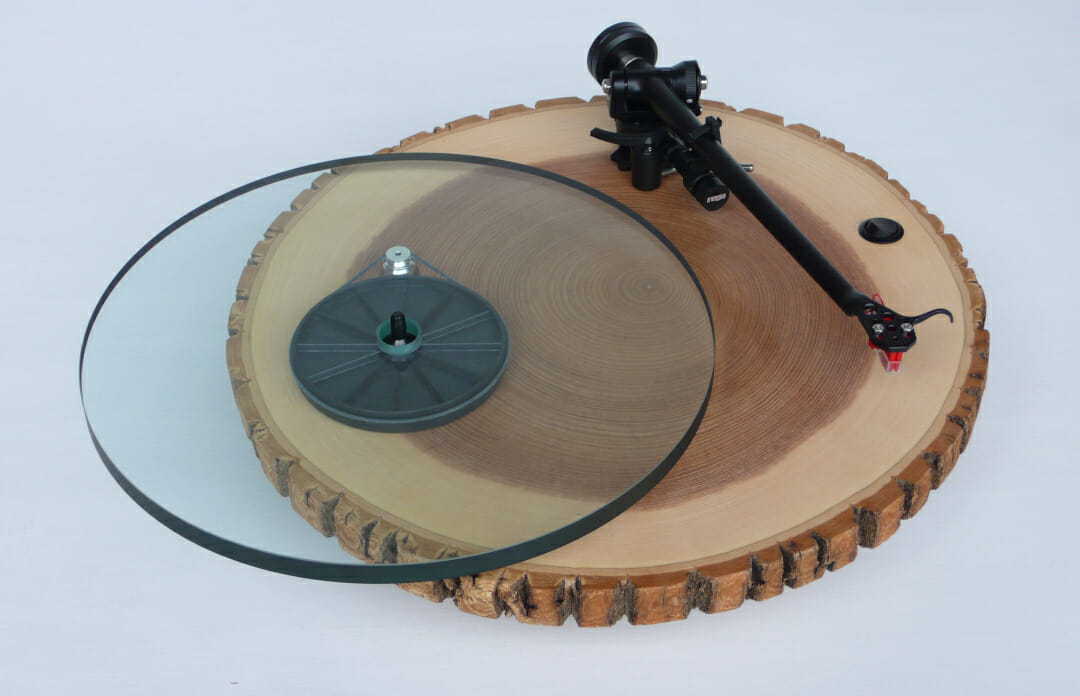
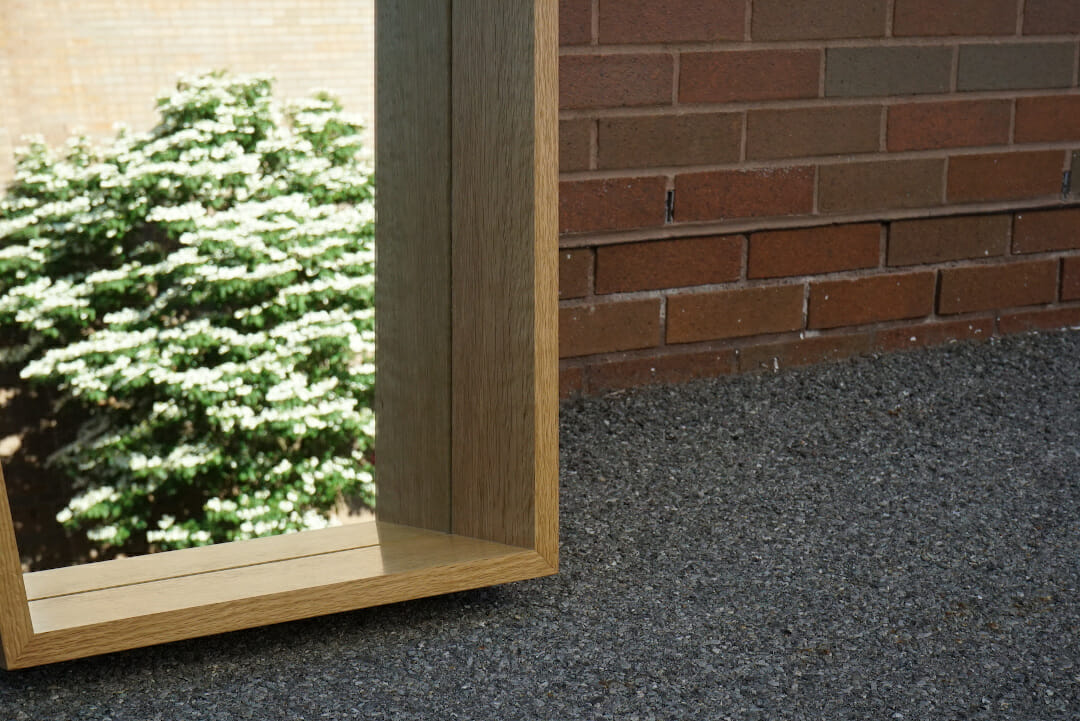 .
. 